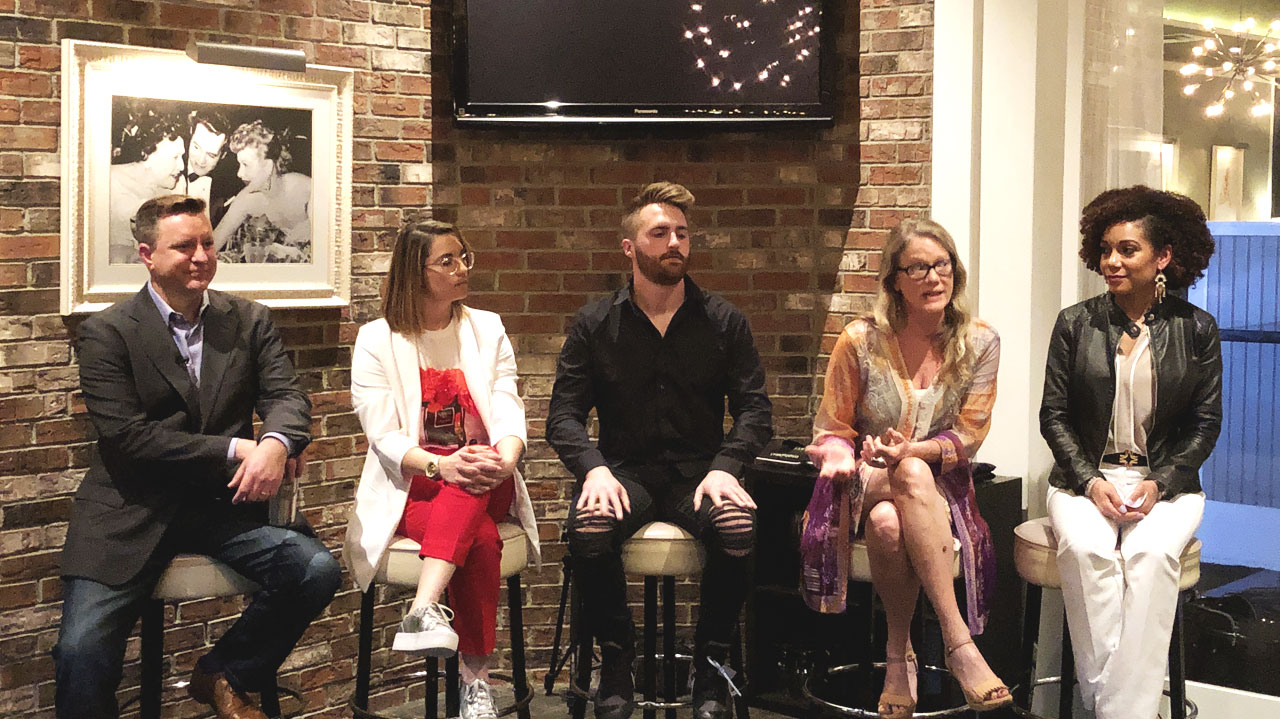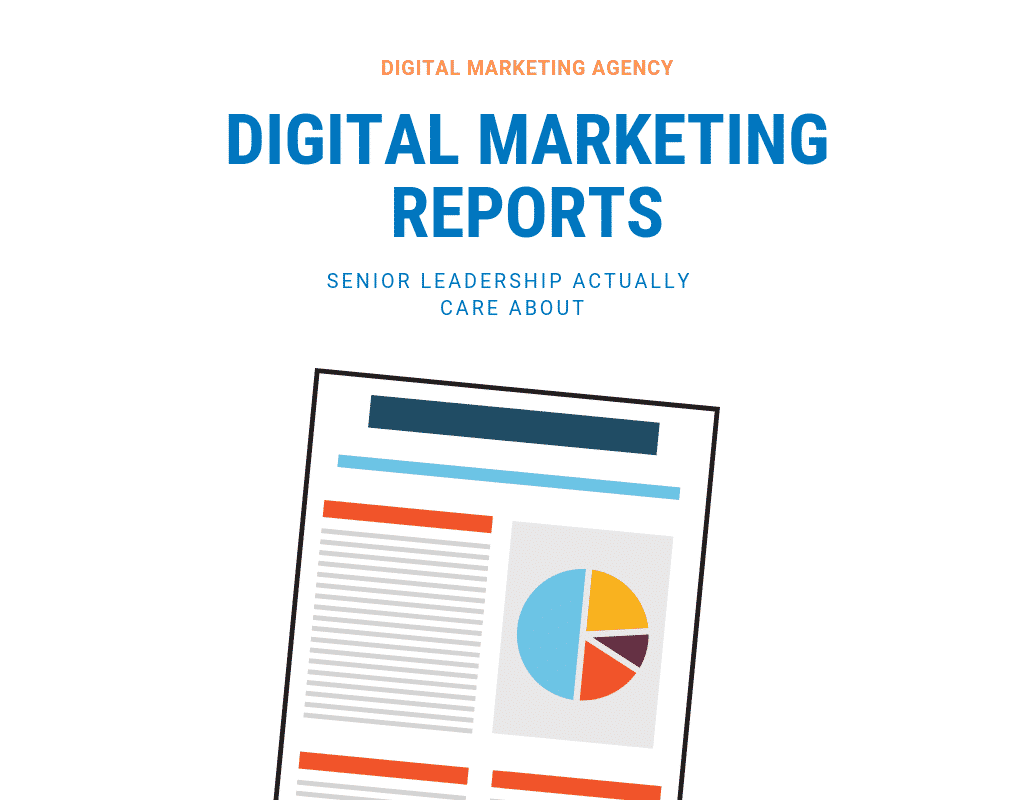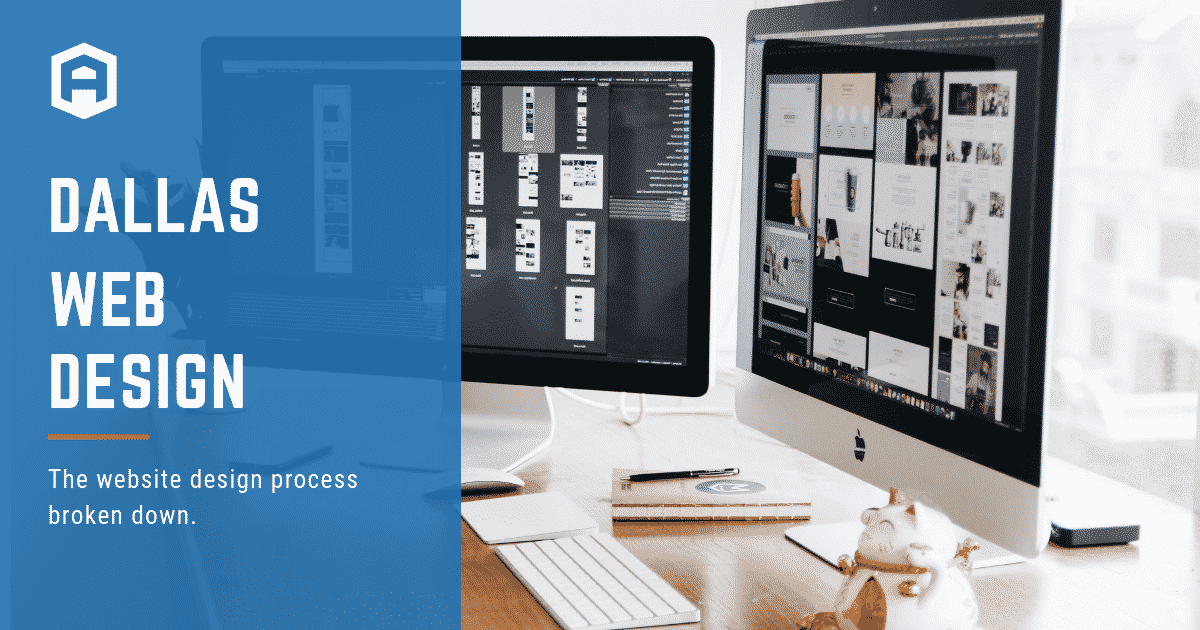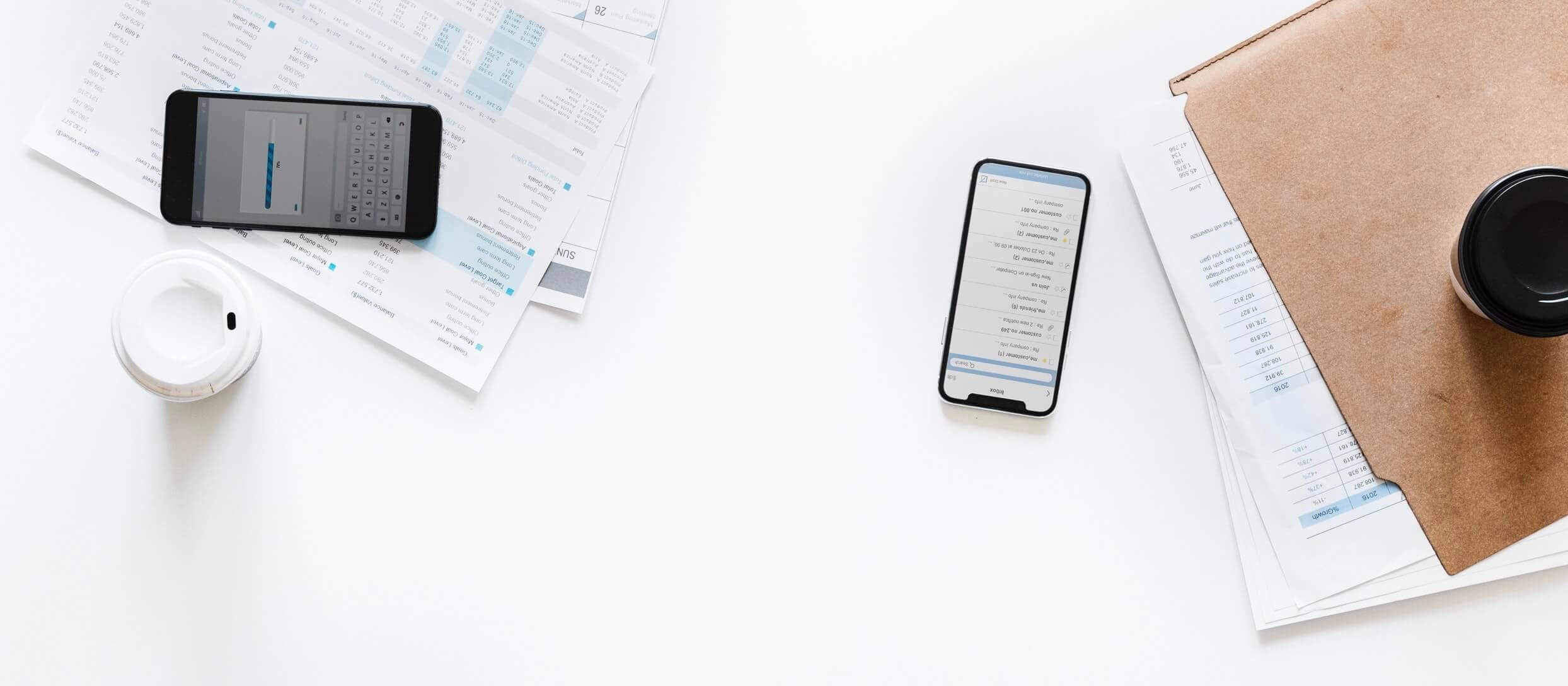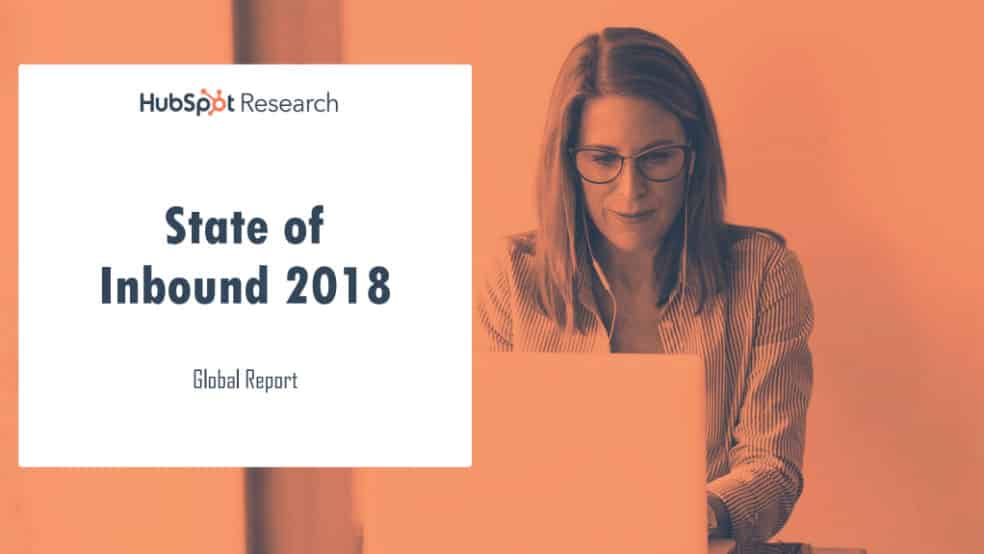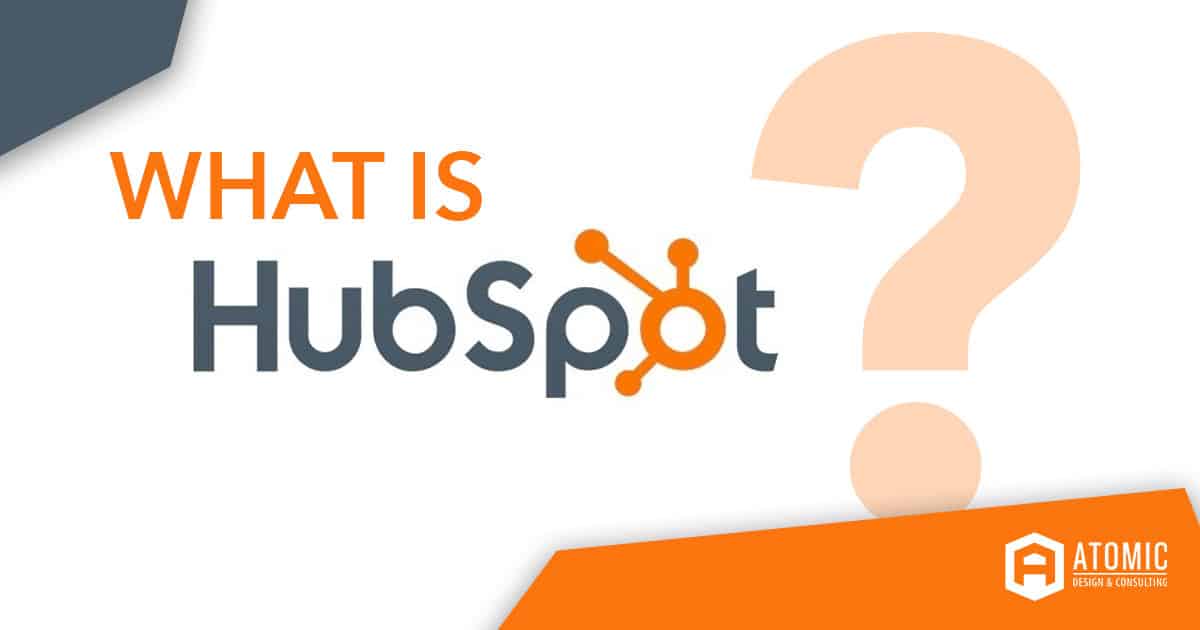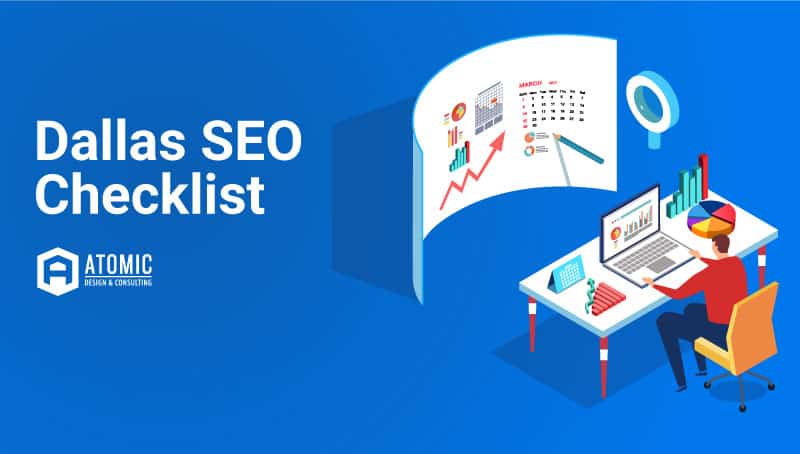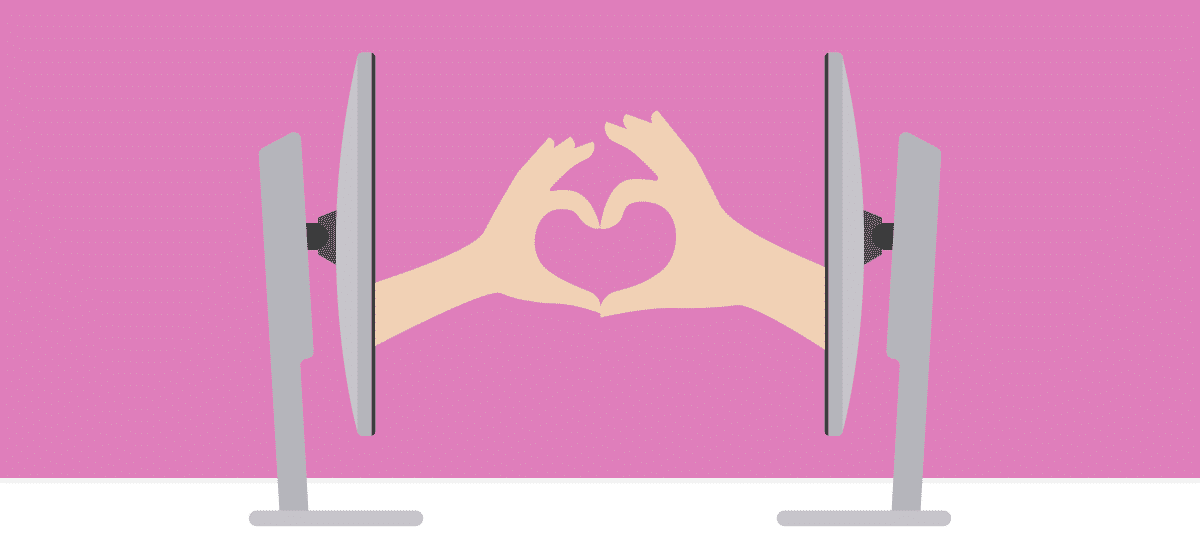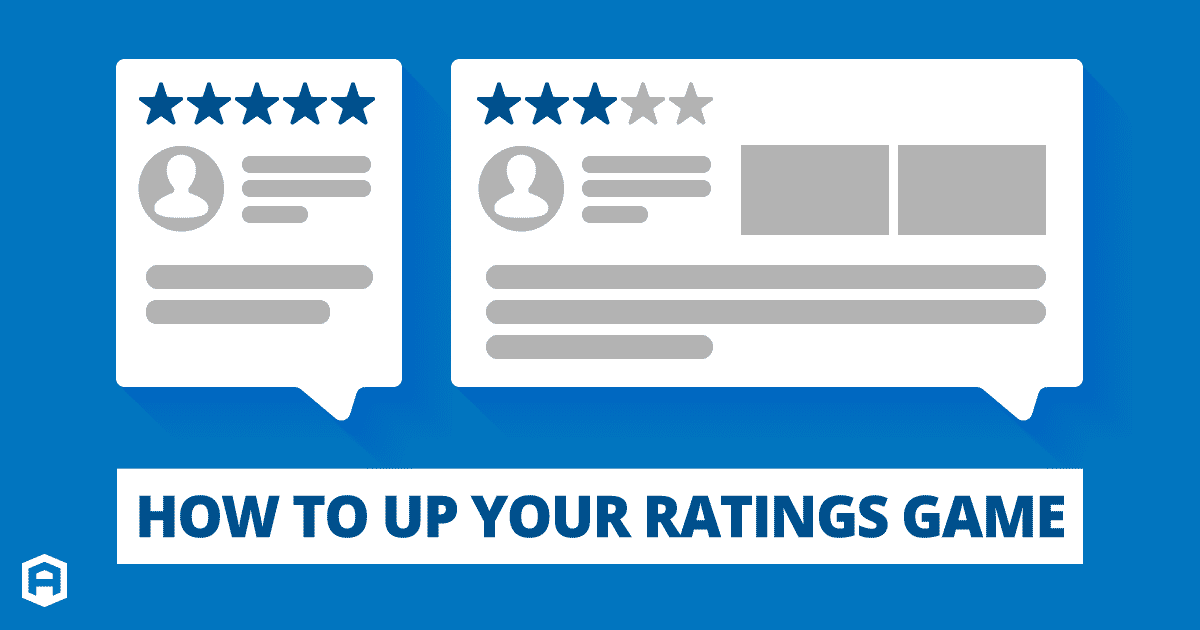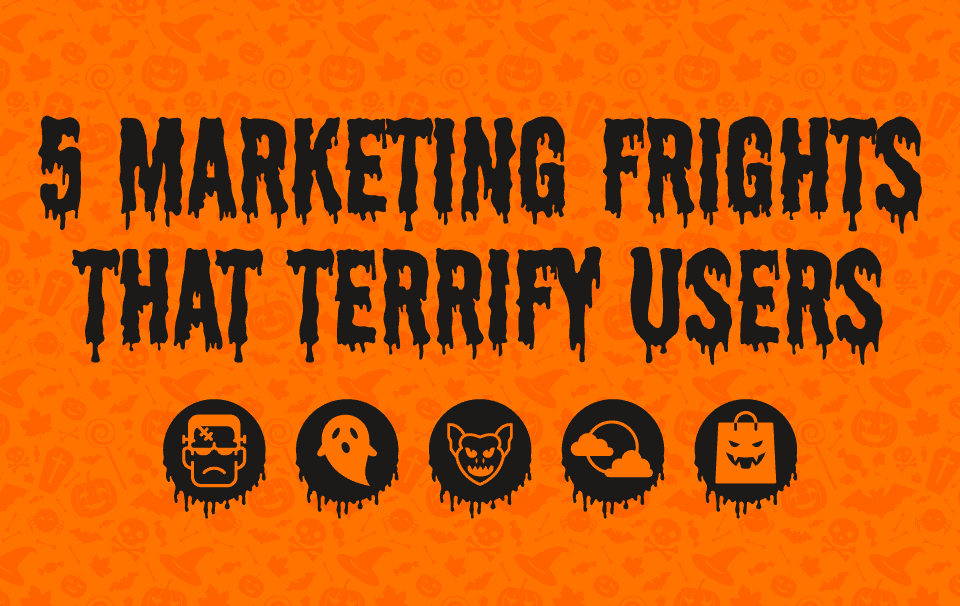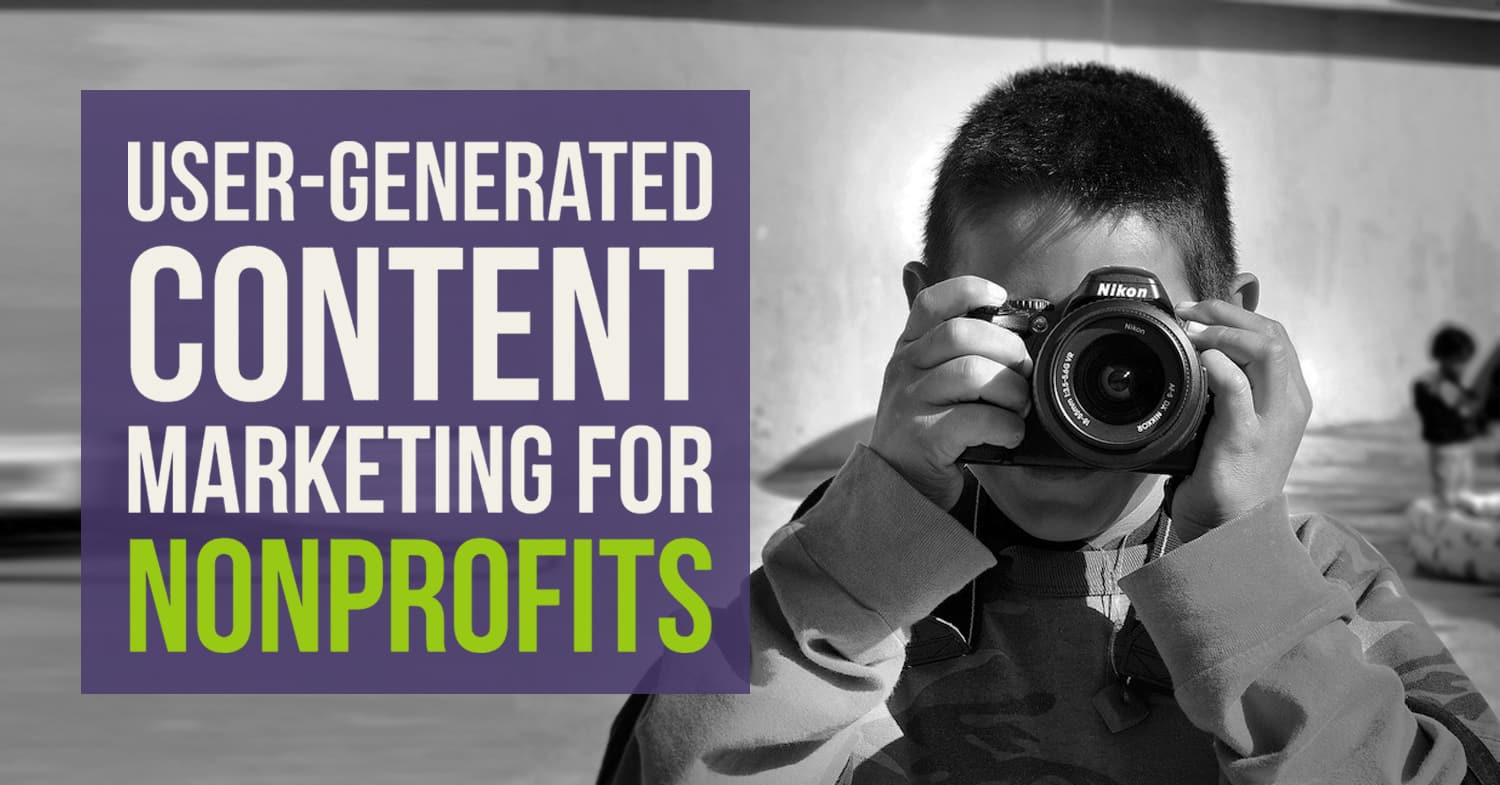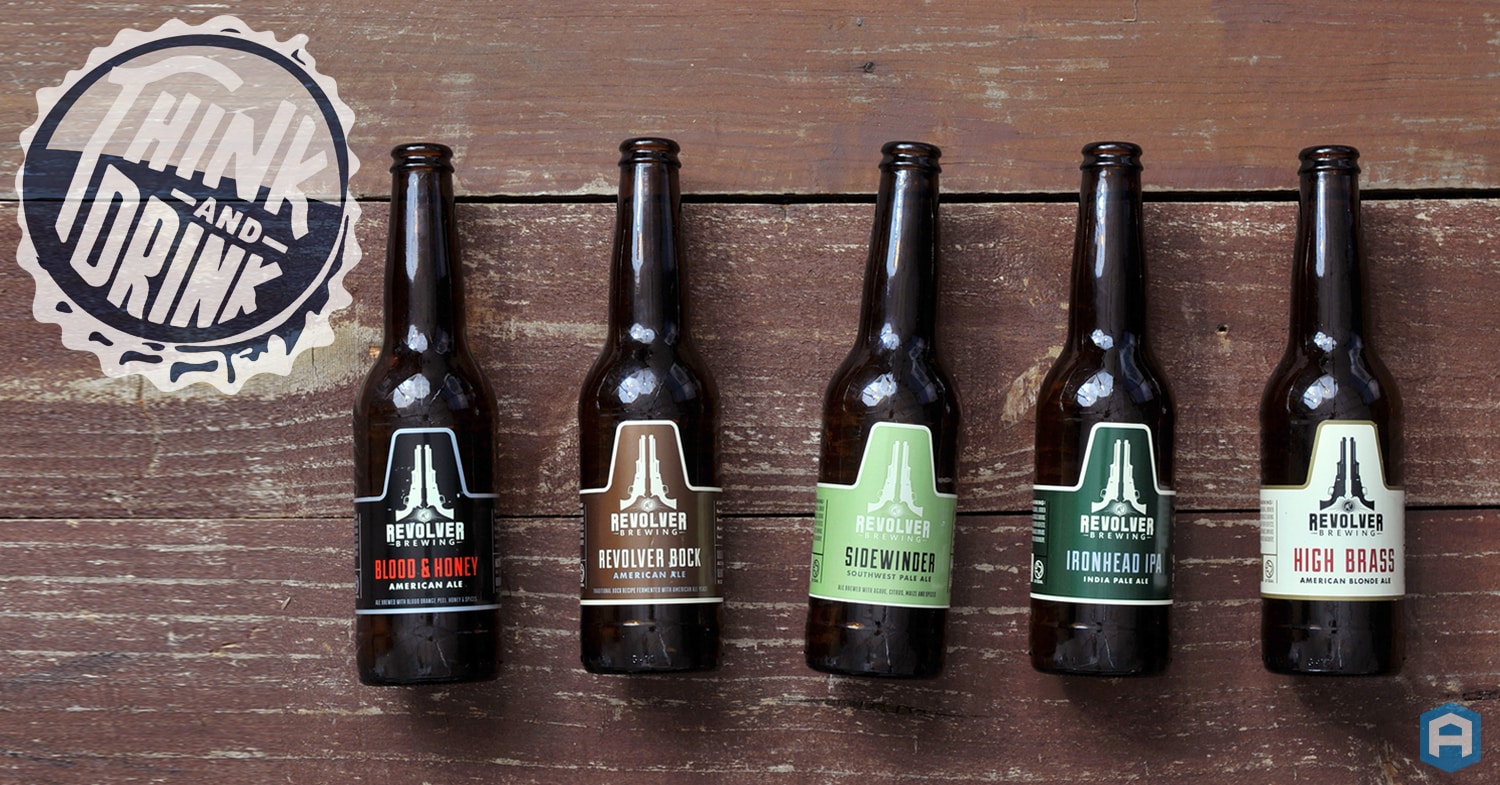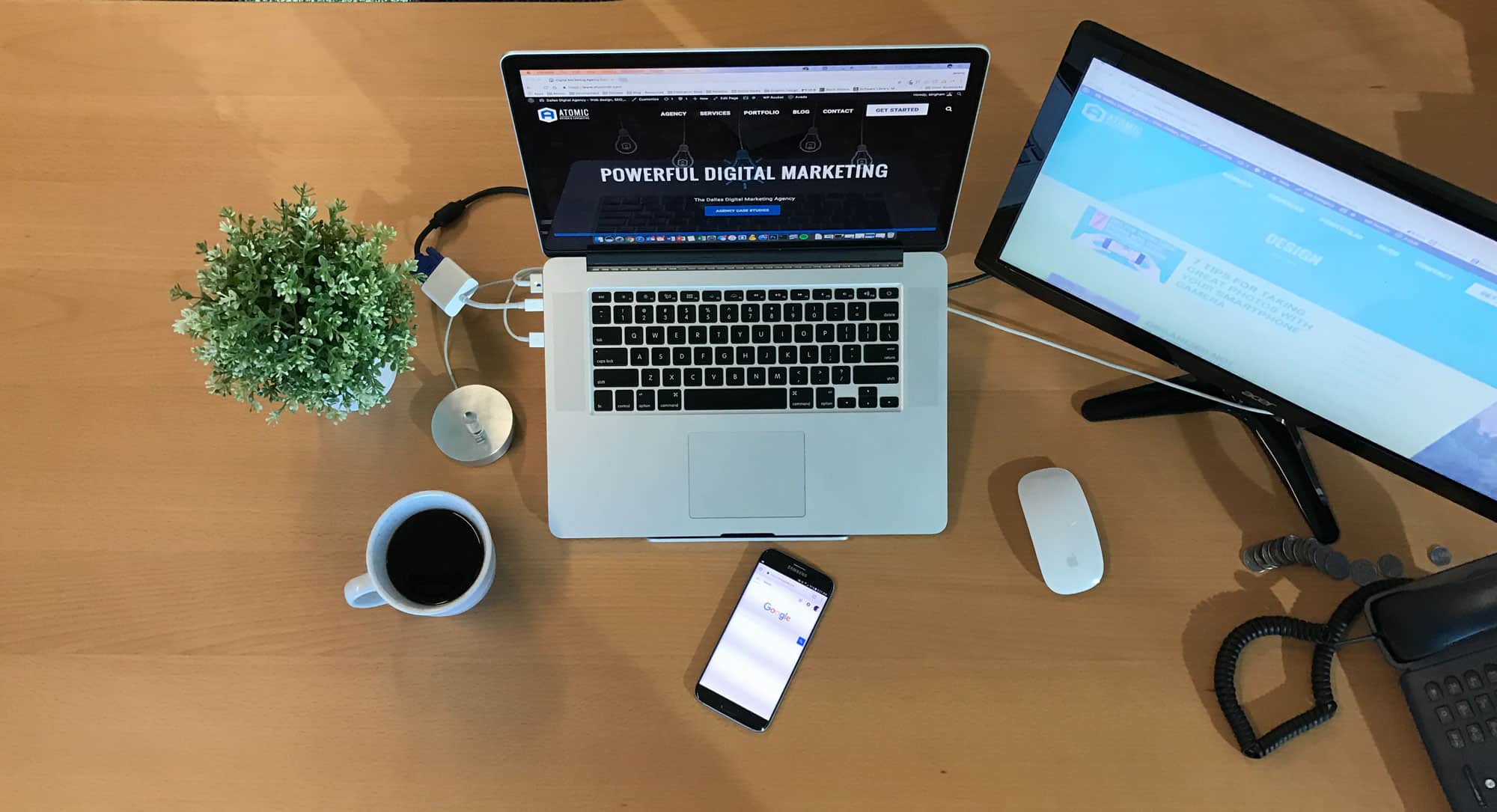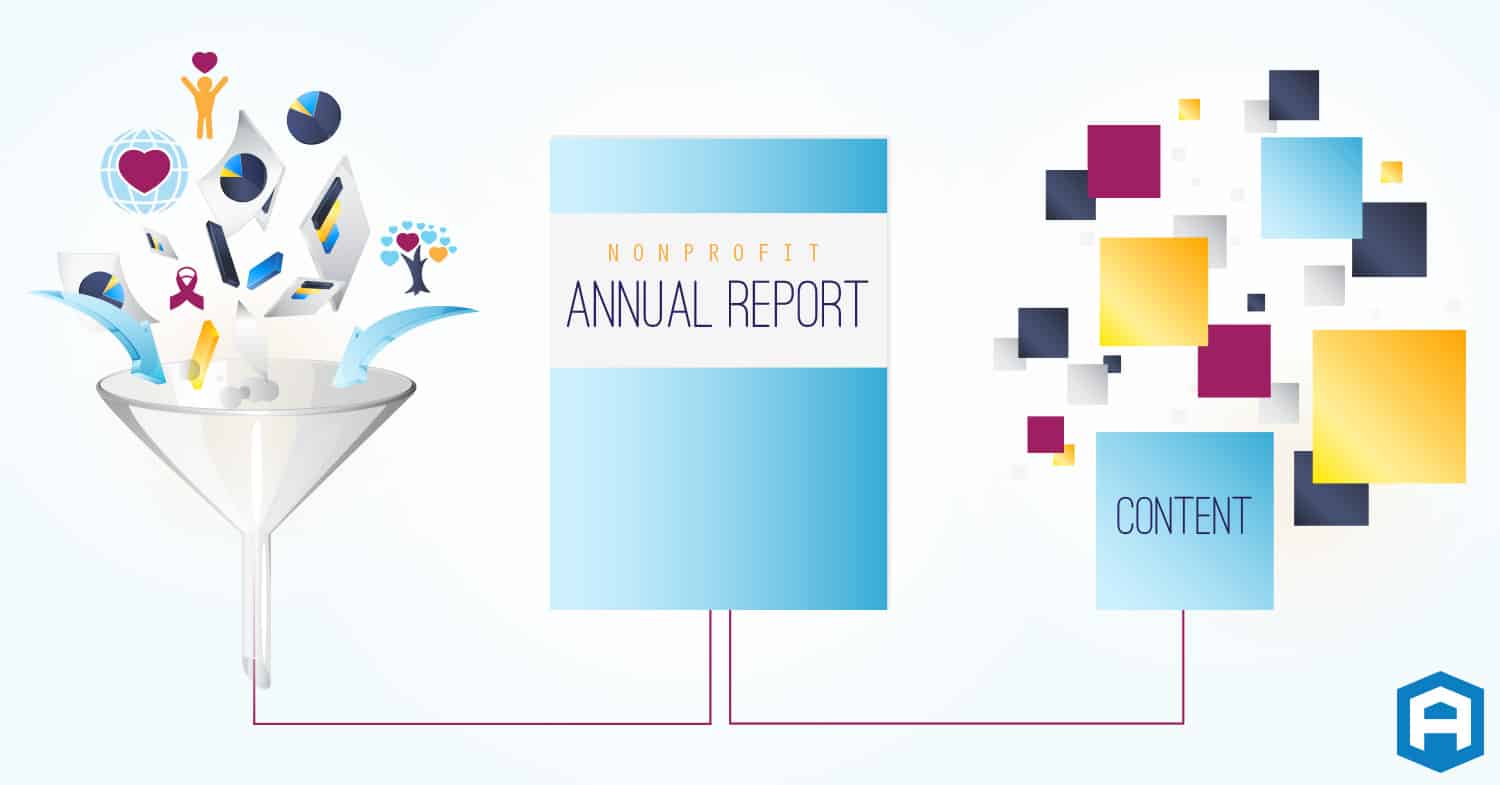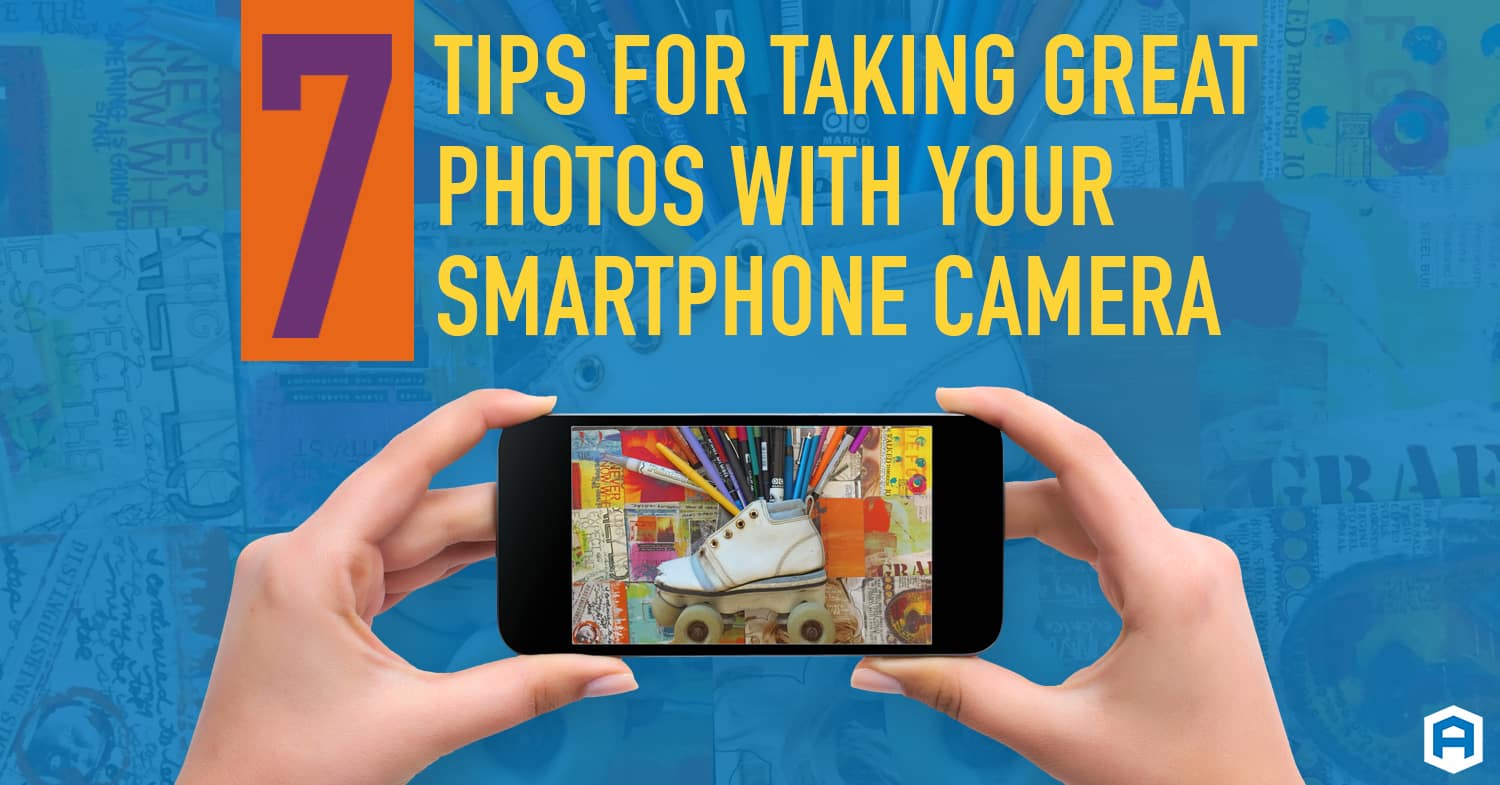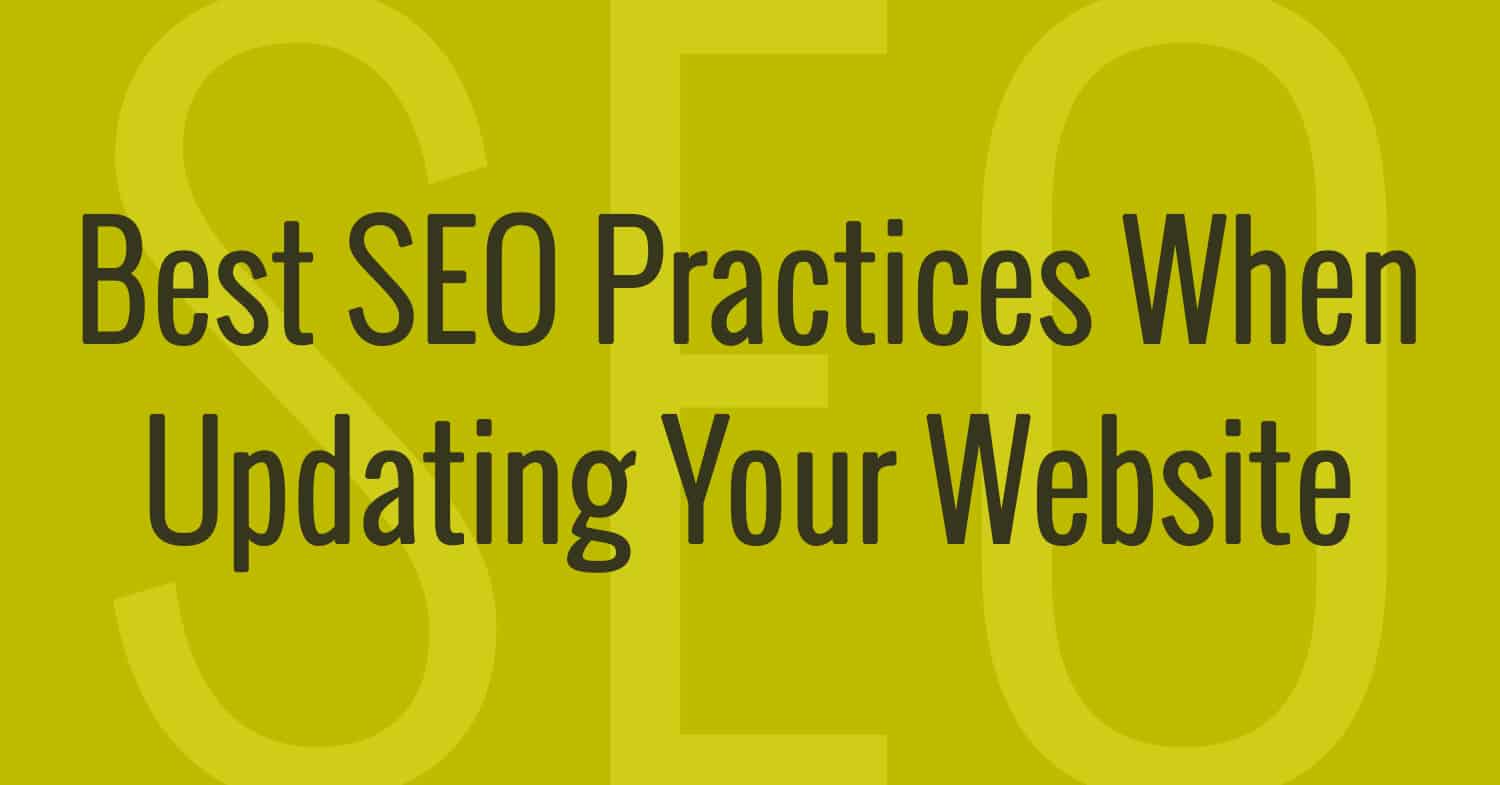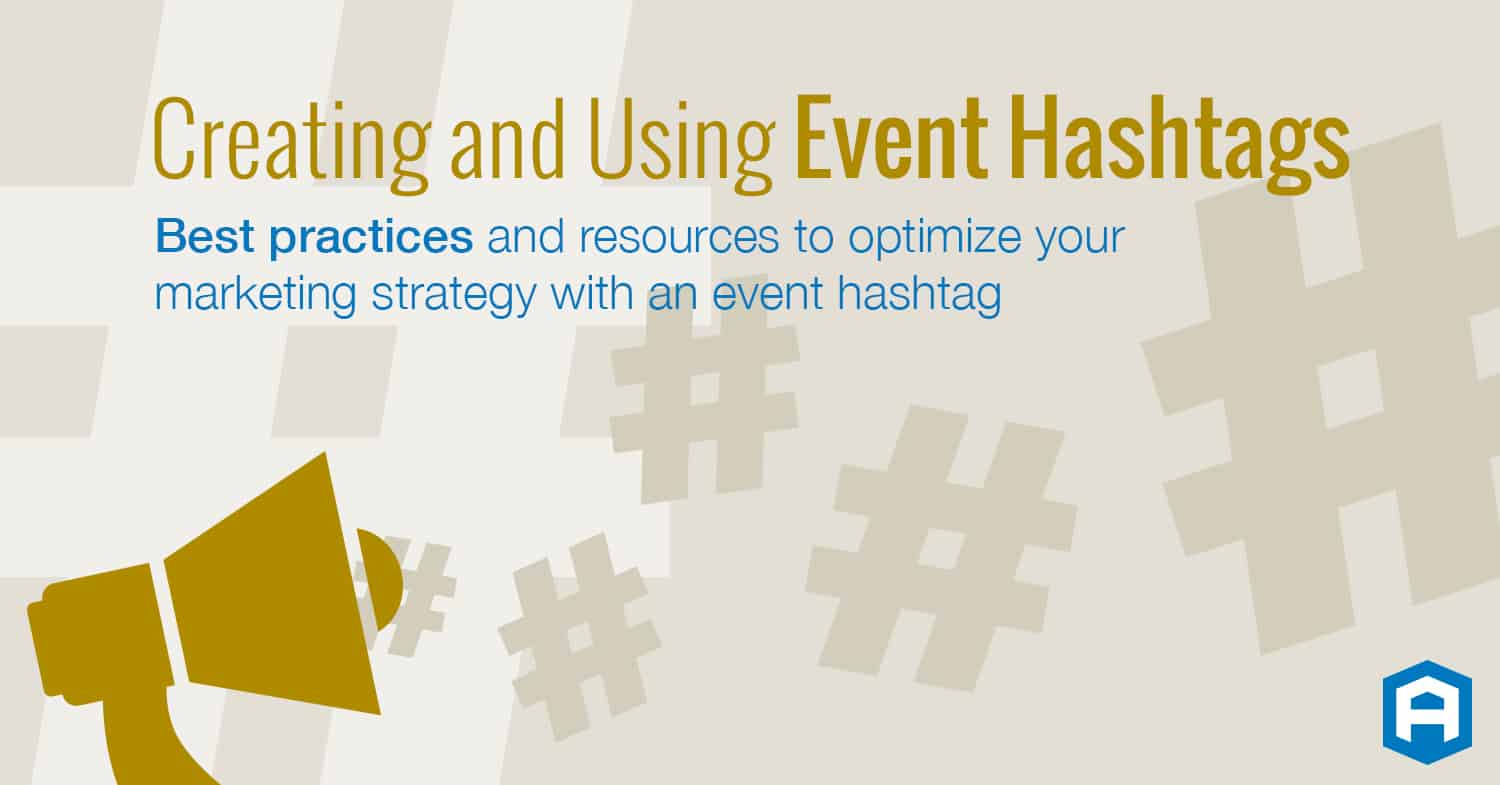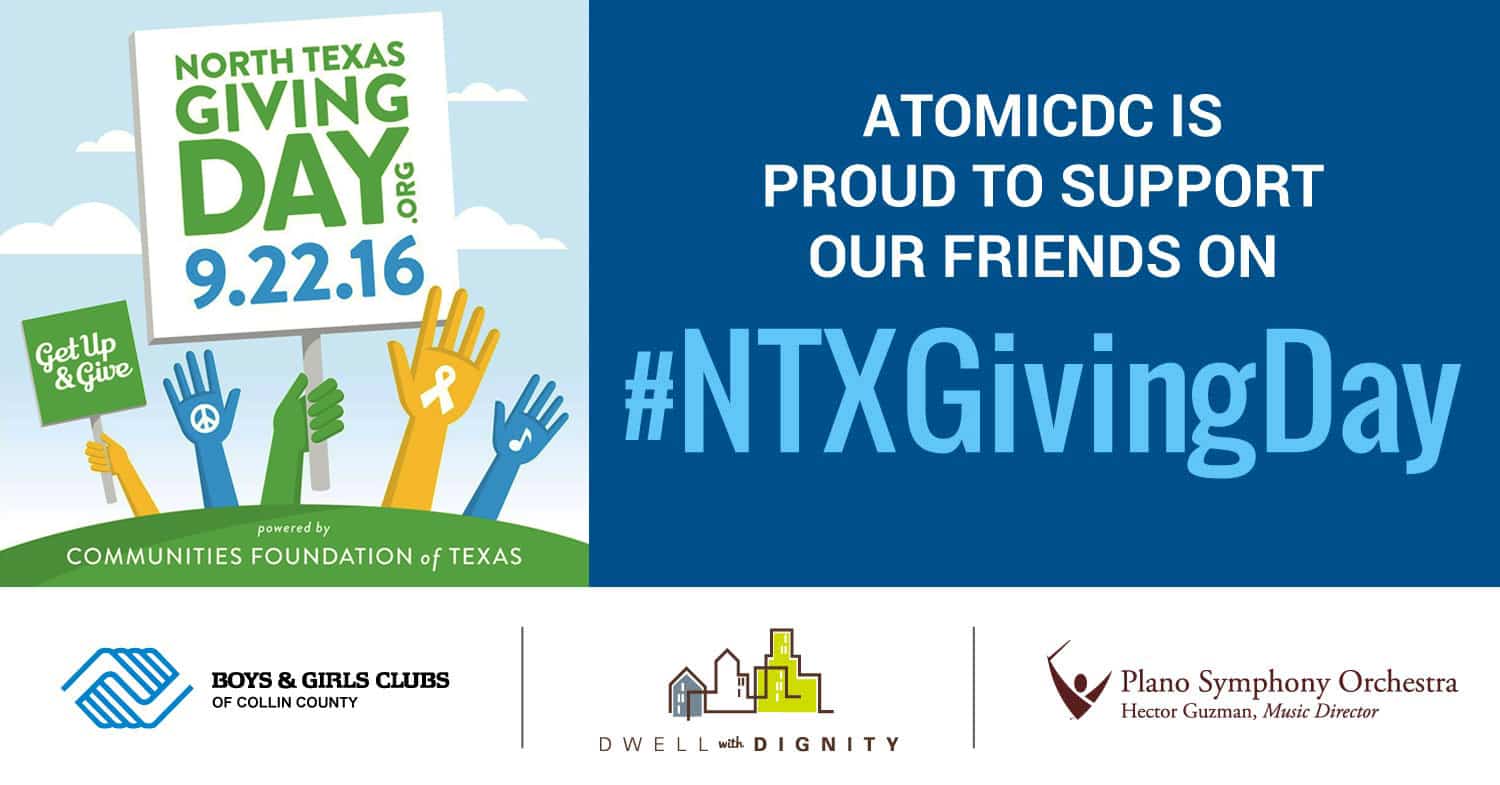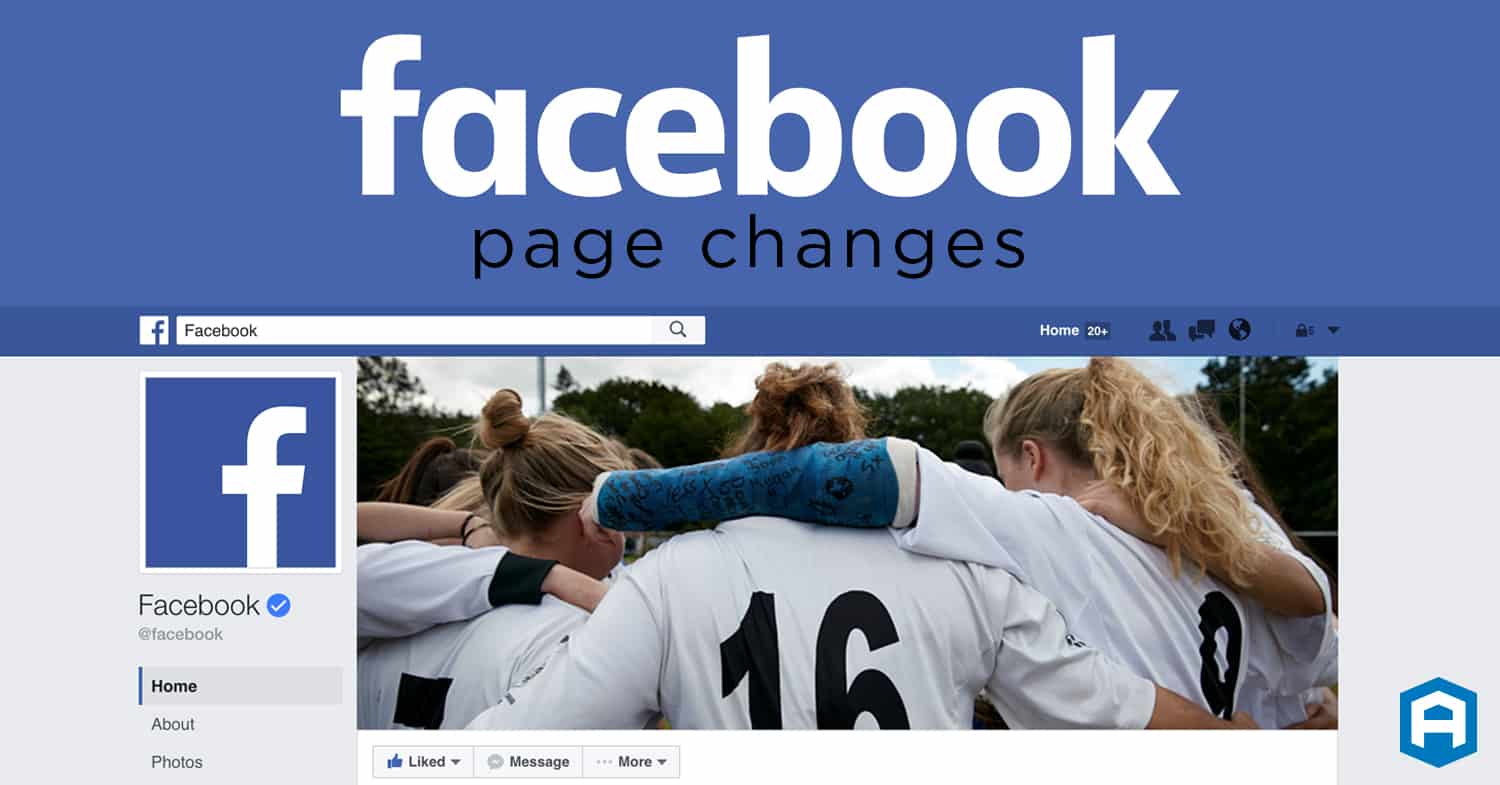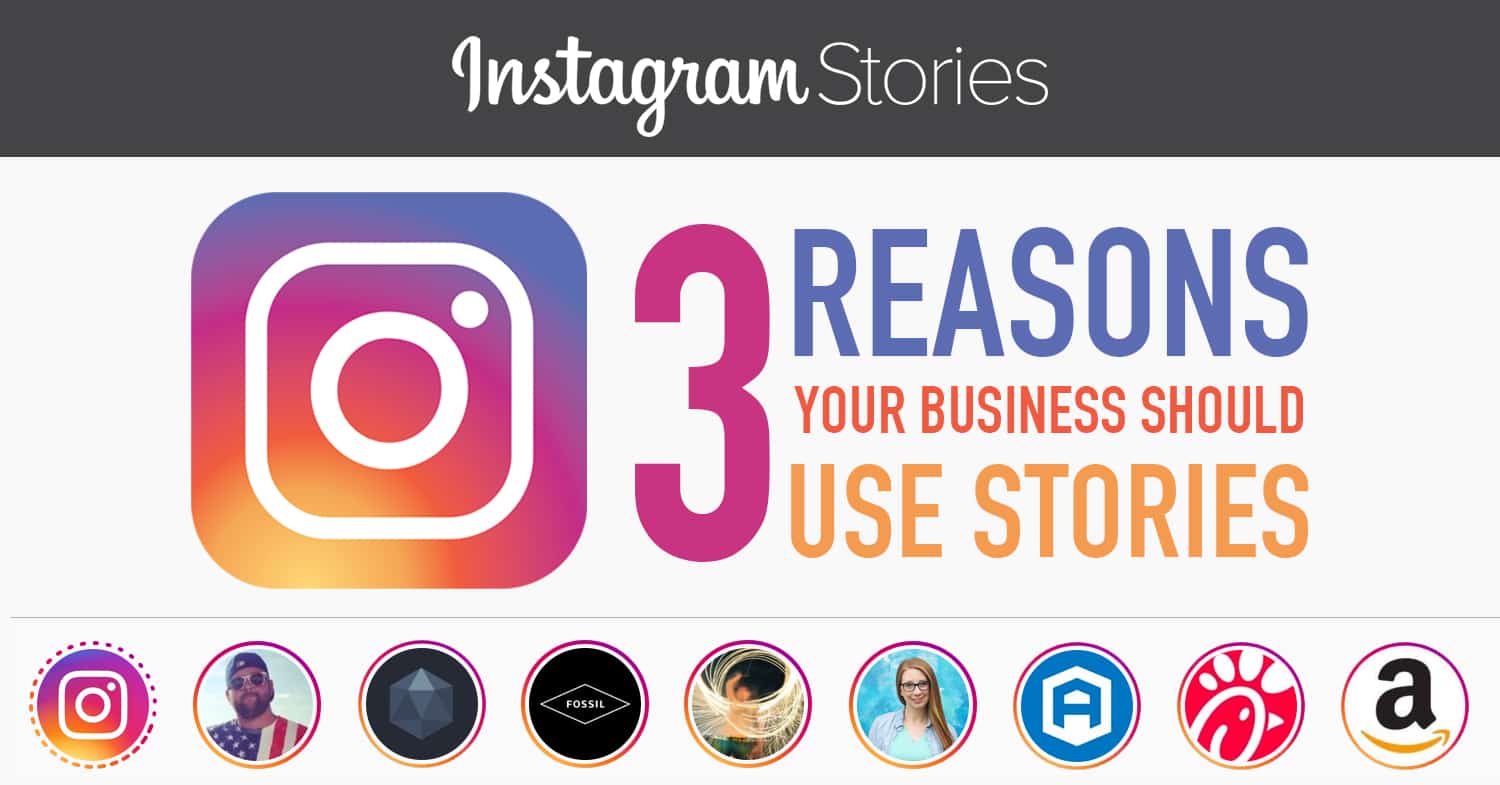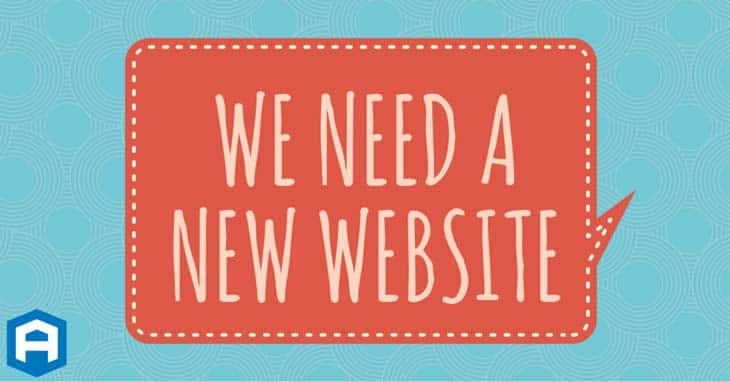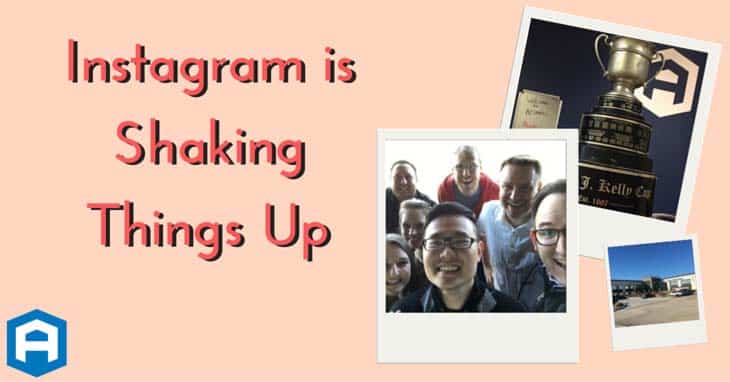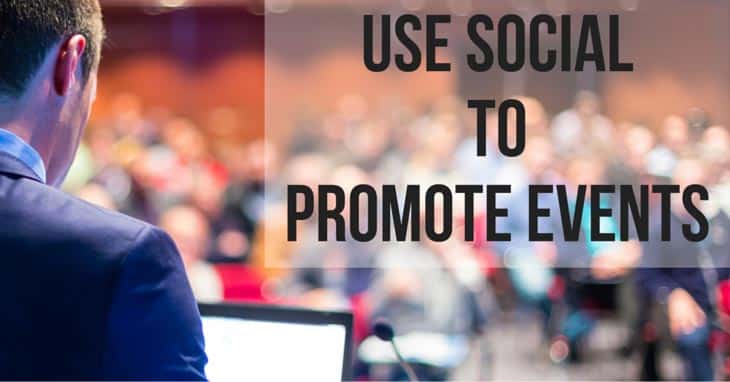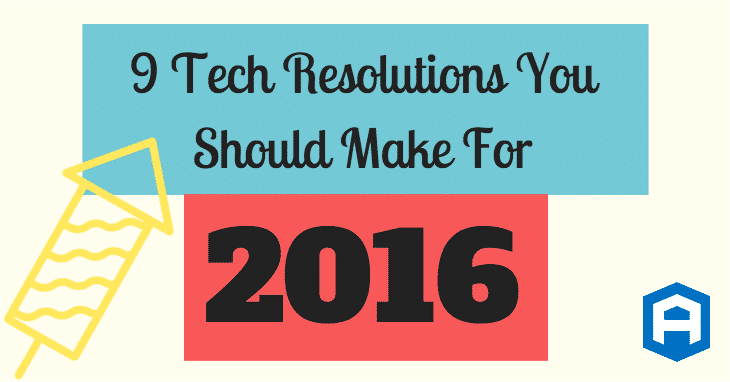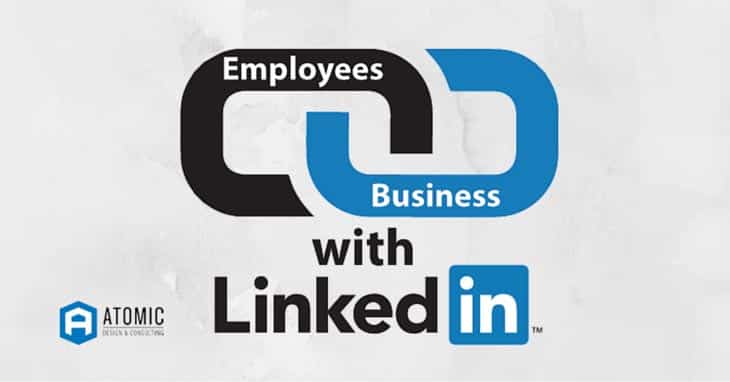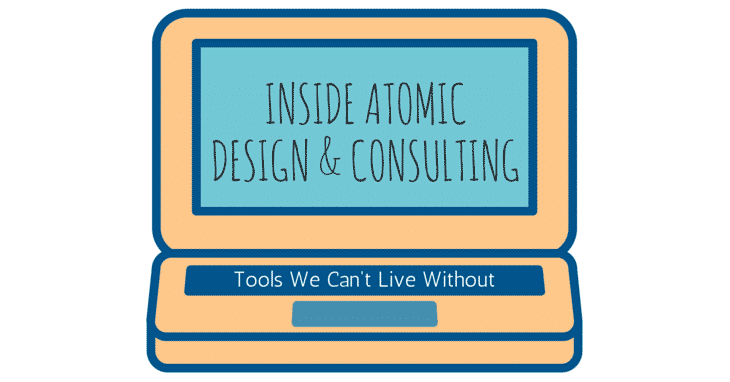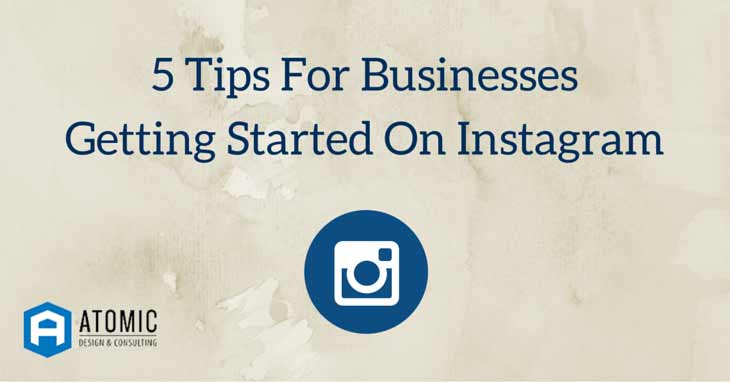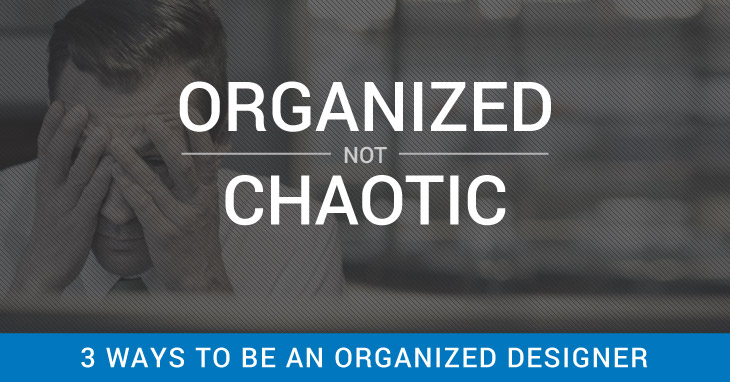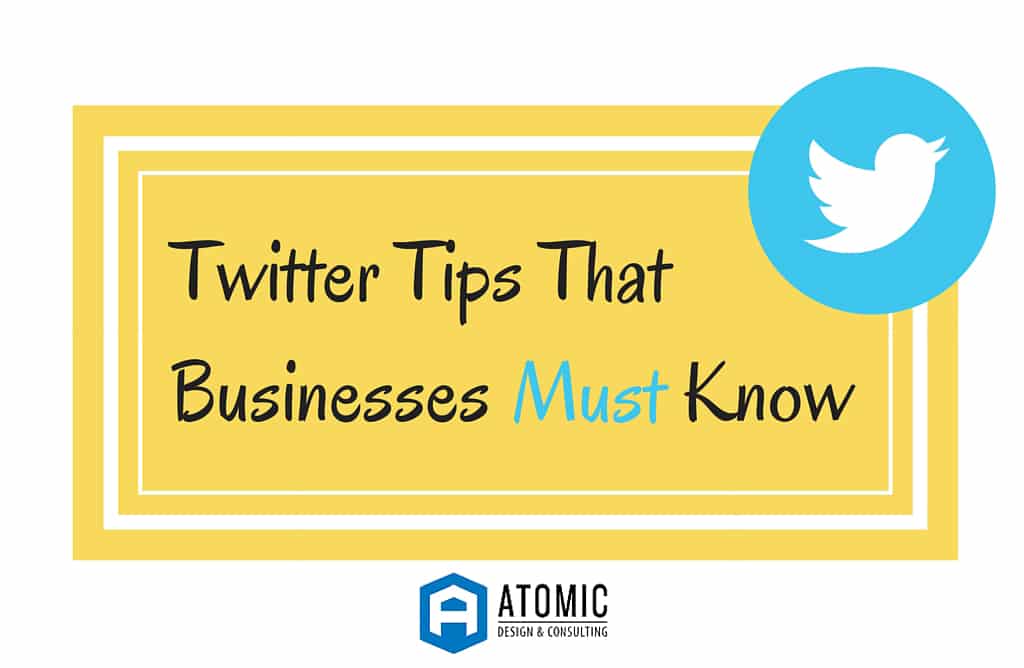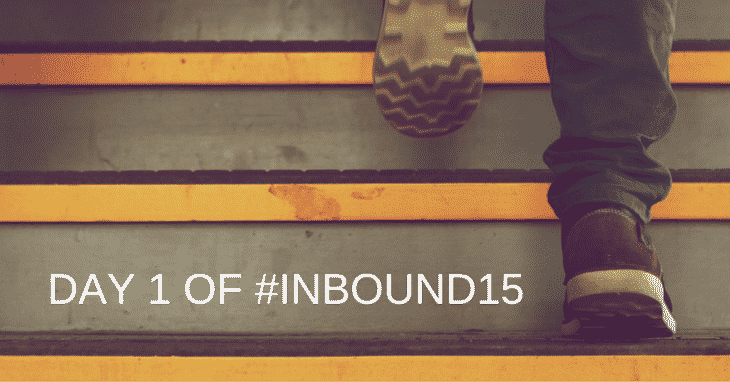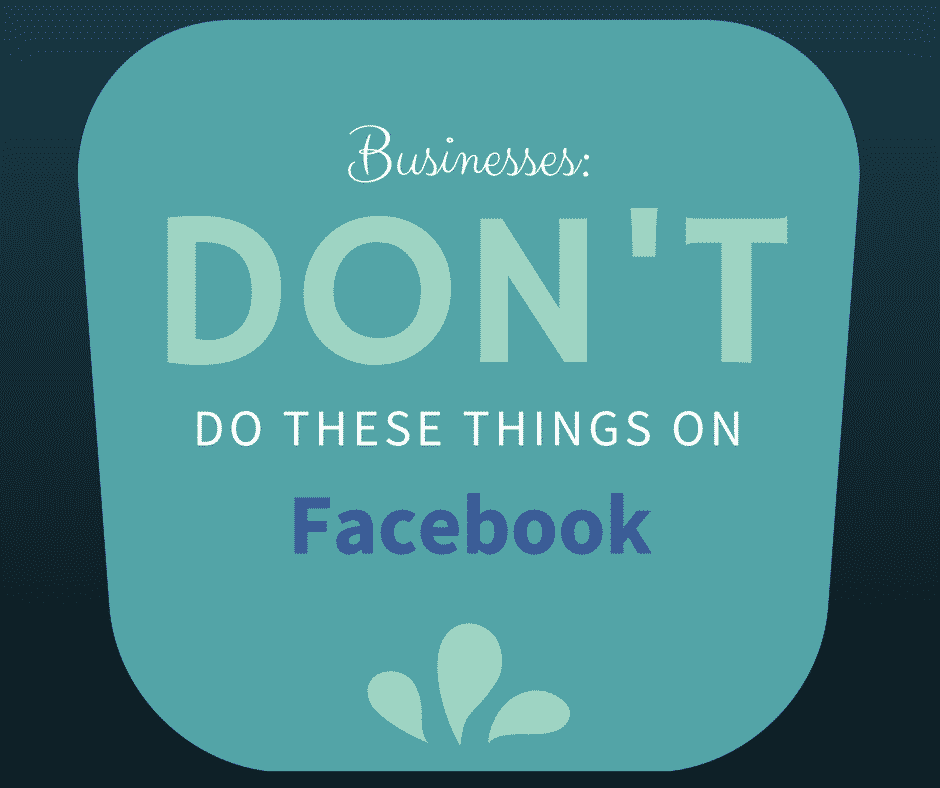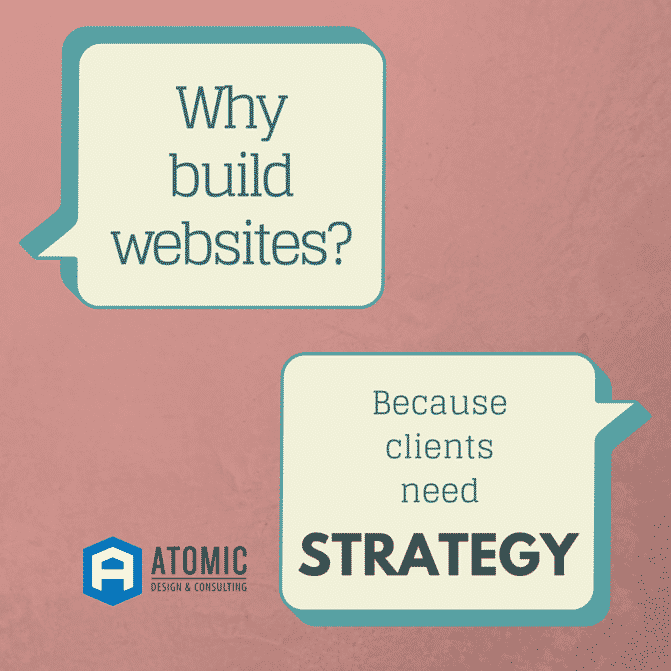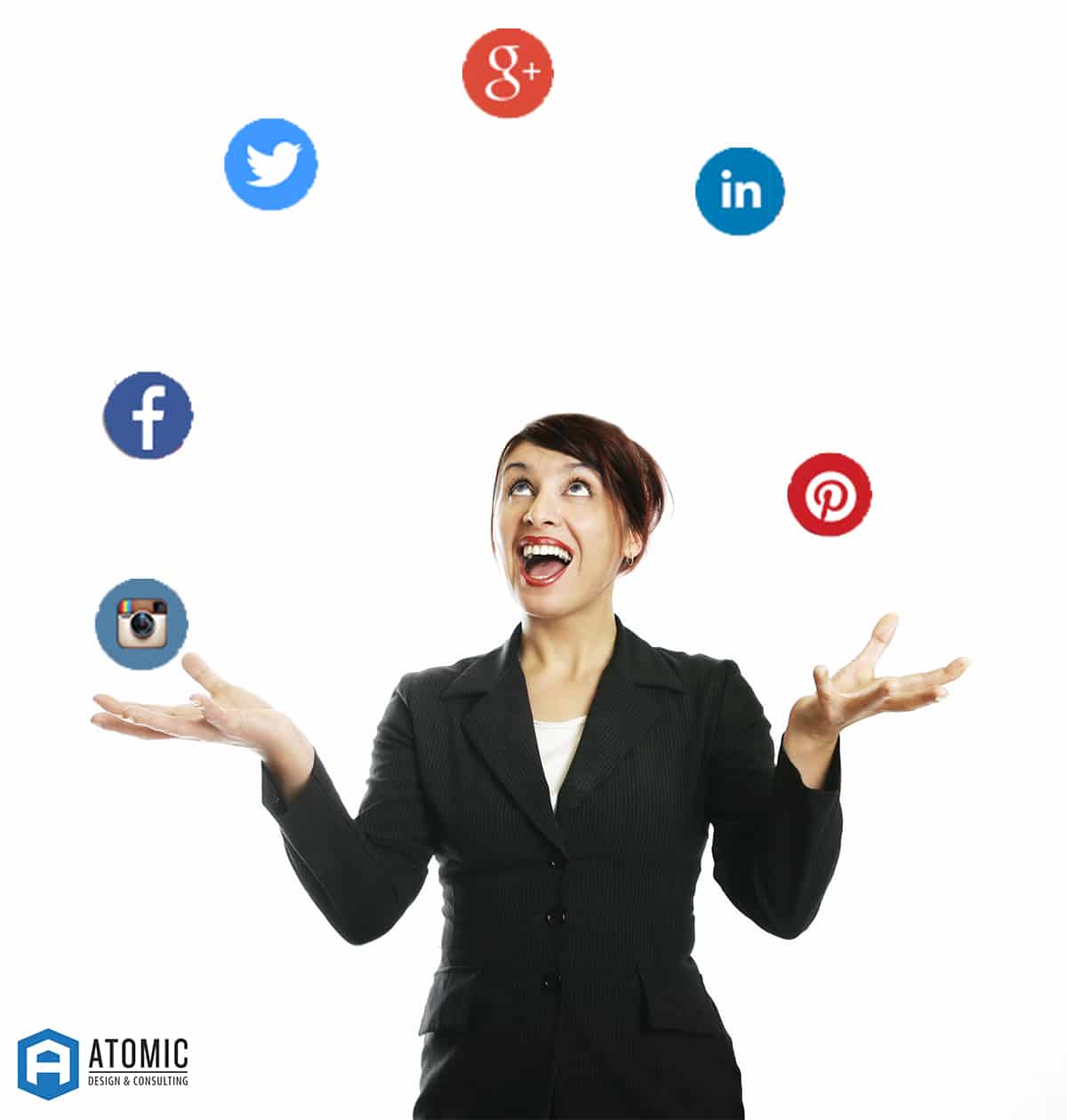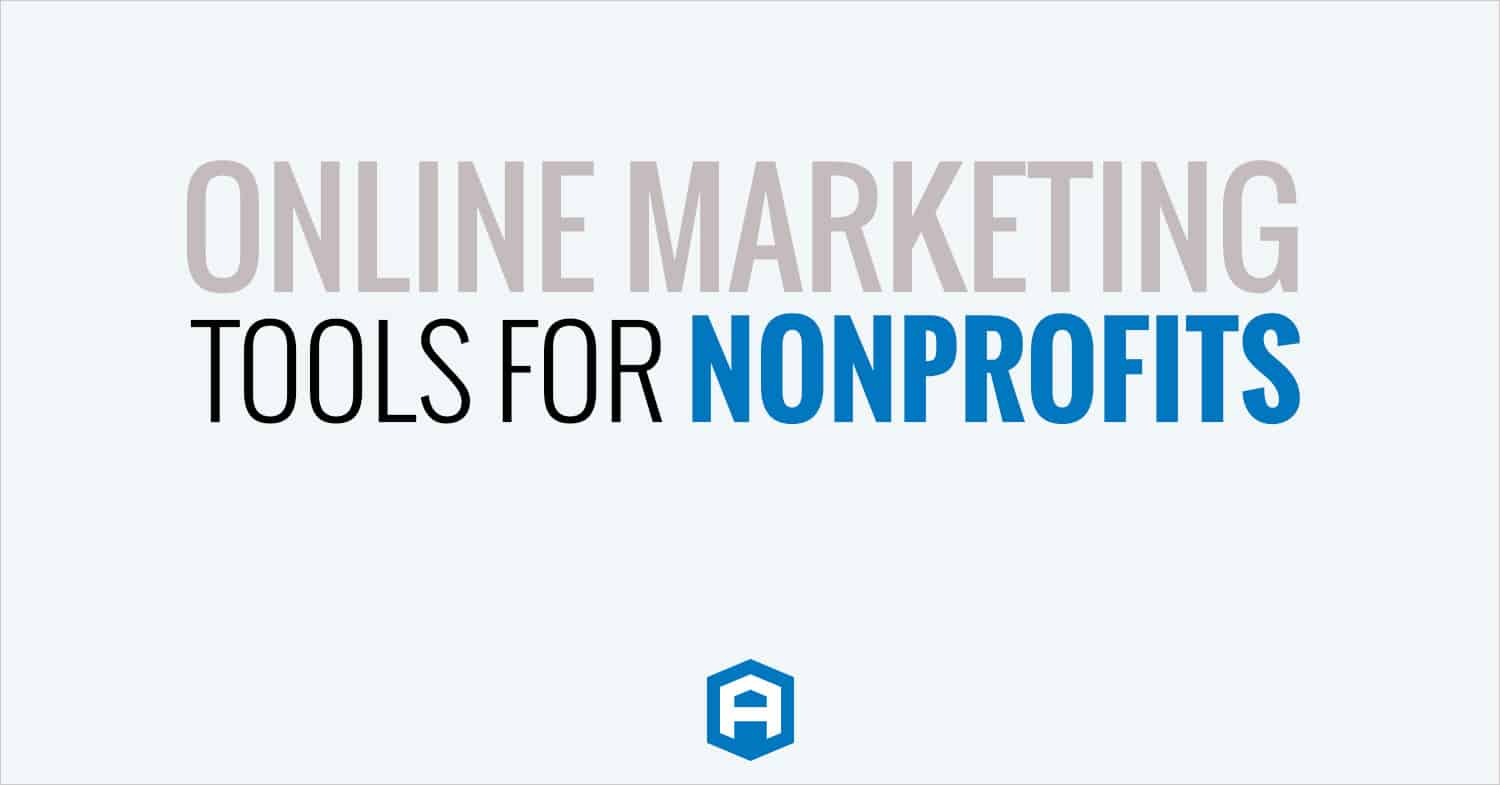Whether you’re a blogger jazzing up your home page, a business setting up their website, or an organization posting on your Facebook page, this same question is bound to come up at one point or another throughout your social networking:
Am I allowed to use that?
If you haven’t asked yourself this yet, I suggest that after reading through this, you go back and double-check your past work, but we’ll get to “why” in a moment.
When I say “that,” what am I referring to? In this case, I’m talking about pictures, but the same question can come up for quotes, copyrighted written material, articles, music, giveaway procedures, etc.
We live in a generation where a picture is now not only worth a thousand words, but it’s also worth a click, a few +1’s on Google+, a dozen likes on Facebook, some retweets, re-pins, and ultimately whether or not you reach your audience efficiently.
However, we also live in a day and age where anything and everything can be found on the internet, and there are now specific rules to adhere to when distributing information. Yes, this includes pictures. While one might think this is ridiculous, try and put yourself in the photographer’s shoes: your livelihood likely depends on how many photographs you take and sell. To know that your work is being used free of charge, and without credit can be frustrating.
Aside from the courtesy of paying both financial and linked attribution to a photographer, there are legal reasons behind making sure your content is royalty free. Yep, that’s right, I said the word “legal.” Do I have your attention now?
Avoiding Copyright Infringement
Some of you might be thinking, “Well, this is silly, I always give attribution/credit when I post a photo that’s not mine.” While this is kind of you and keeps you from plagiarizing, this action doesn’t save you from copyright infringement.
But what if you don’t have the financial means to pay for every photo you’d like to distribute in your newsletter or social networks? Is there another way? If your parents ever told you “ask nicely, and maybe they’ll give it to you” growing up, they’re on the right track in this case. Often times, photographers will agree to let you use their work free of charge for the benefit of gaining exposure. However, you must let them decide.
Other Options to Stay Safe
The easiest way to avoid copyright issues is use your own images that you have taken yourself. But don’t worry, there are other options for those of you that don’t fancy become your own website’s photographer. You can pay for images on a stock site like iStock Photo or Shutter Stock. There are also many public domain sites with free-to-use images. One can also use the Creative Commons License to their advantage in most instances. Learn more about alternative options at Lifehacker.
The Takeaway
The point is, while images are necessary for effective marketing and advertising tactics, make sure you’re doing so legally. The last thing you want when you successfully reach your audience is to be slapped with a civil lawsuit.
Learn more about tips and tricks in online marketing by staying connected with Atomic on Facebook!
Need Specific Help?
Interested in a specific topic? Review the topics below to get the info, news, and tips you need!


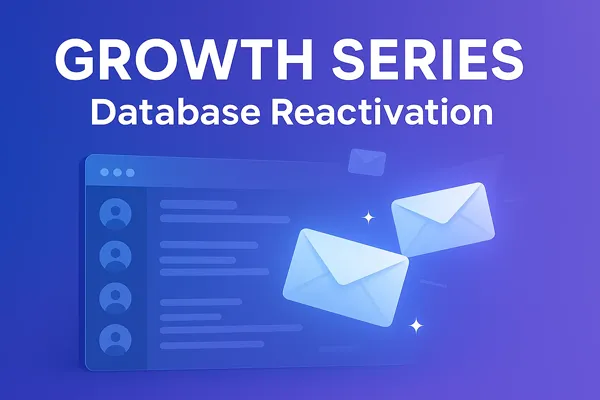
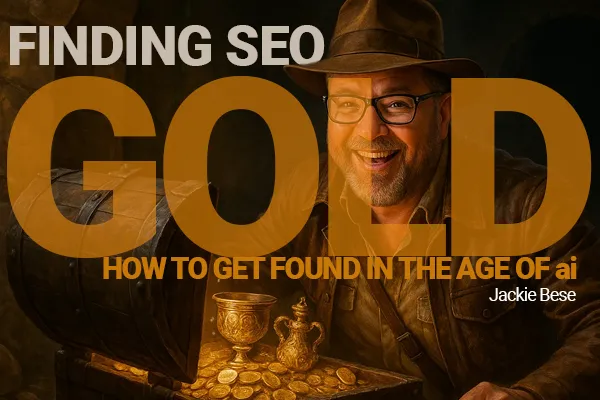



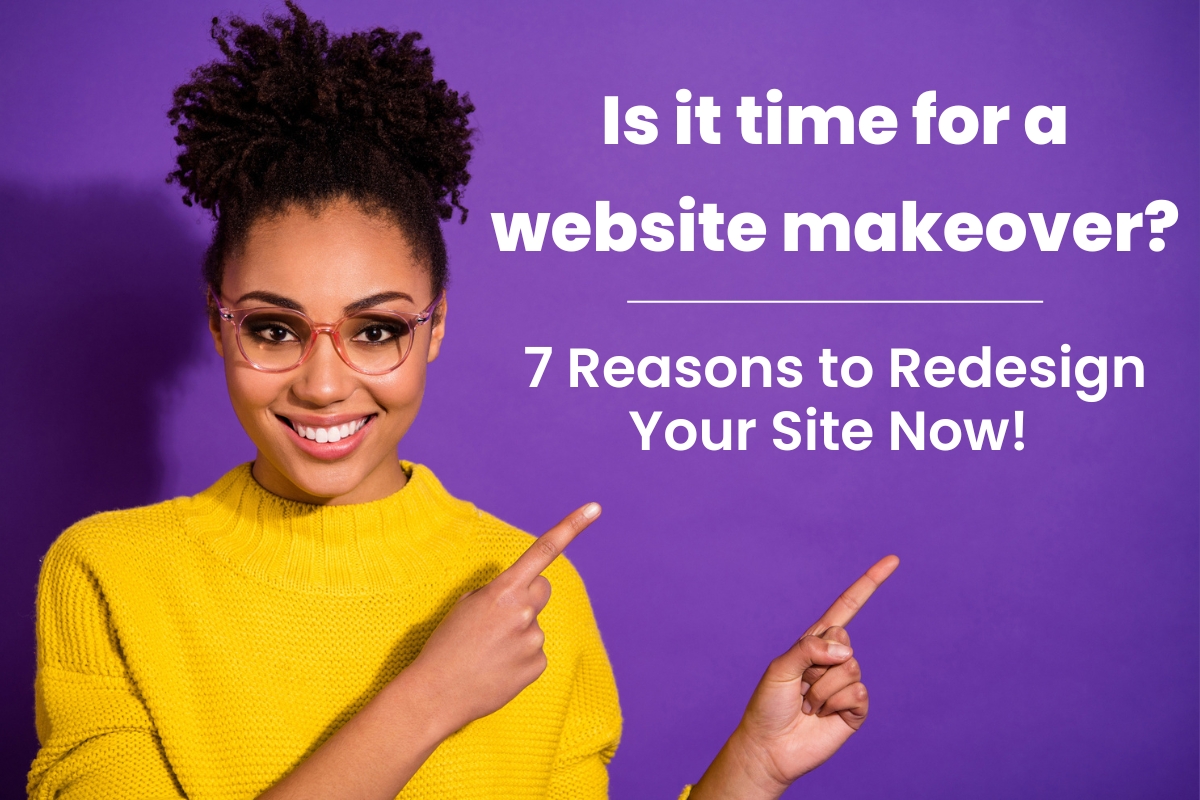
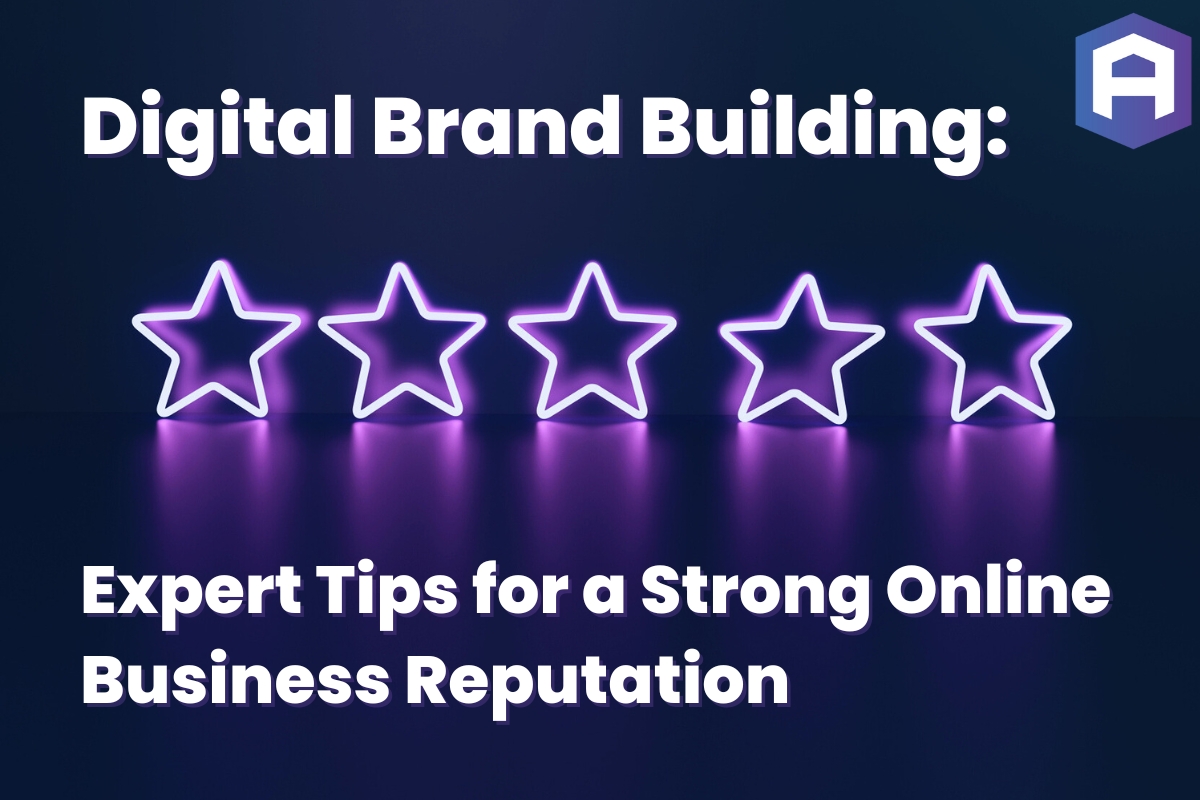







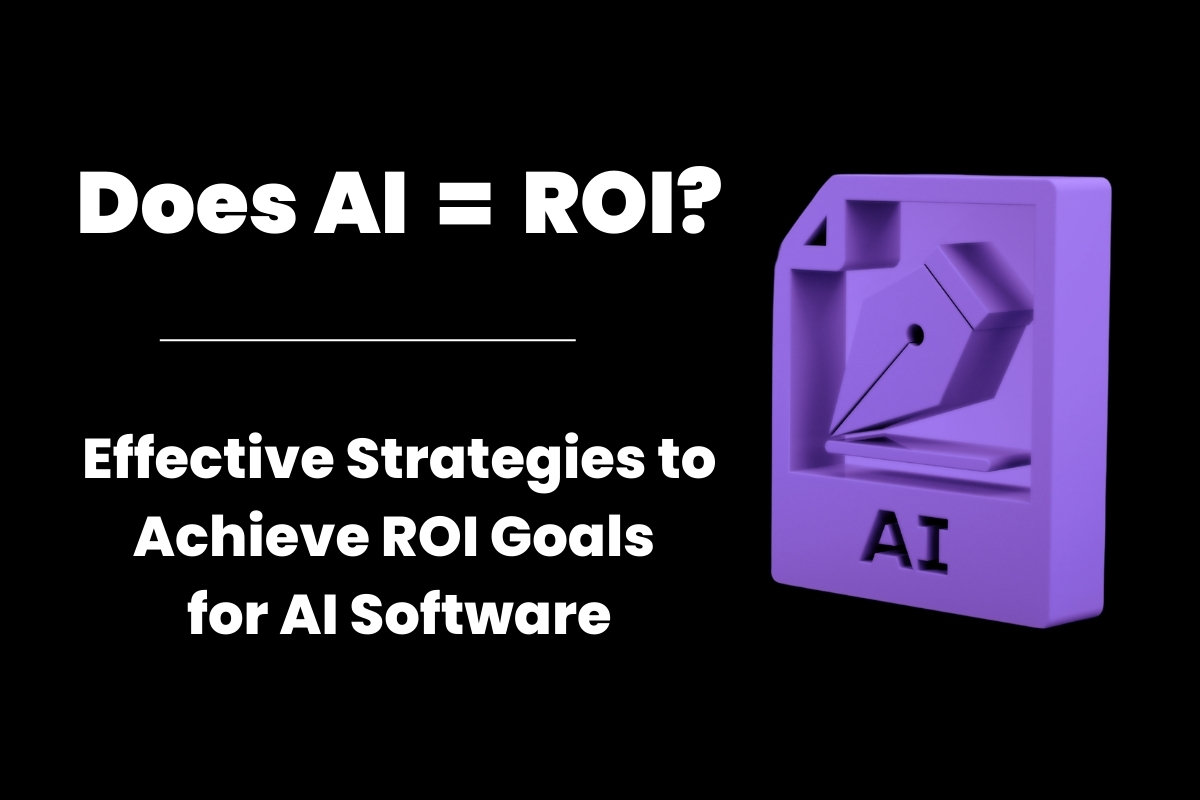
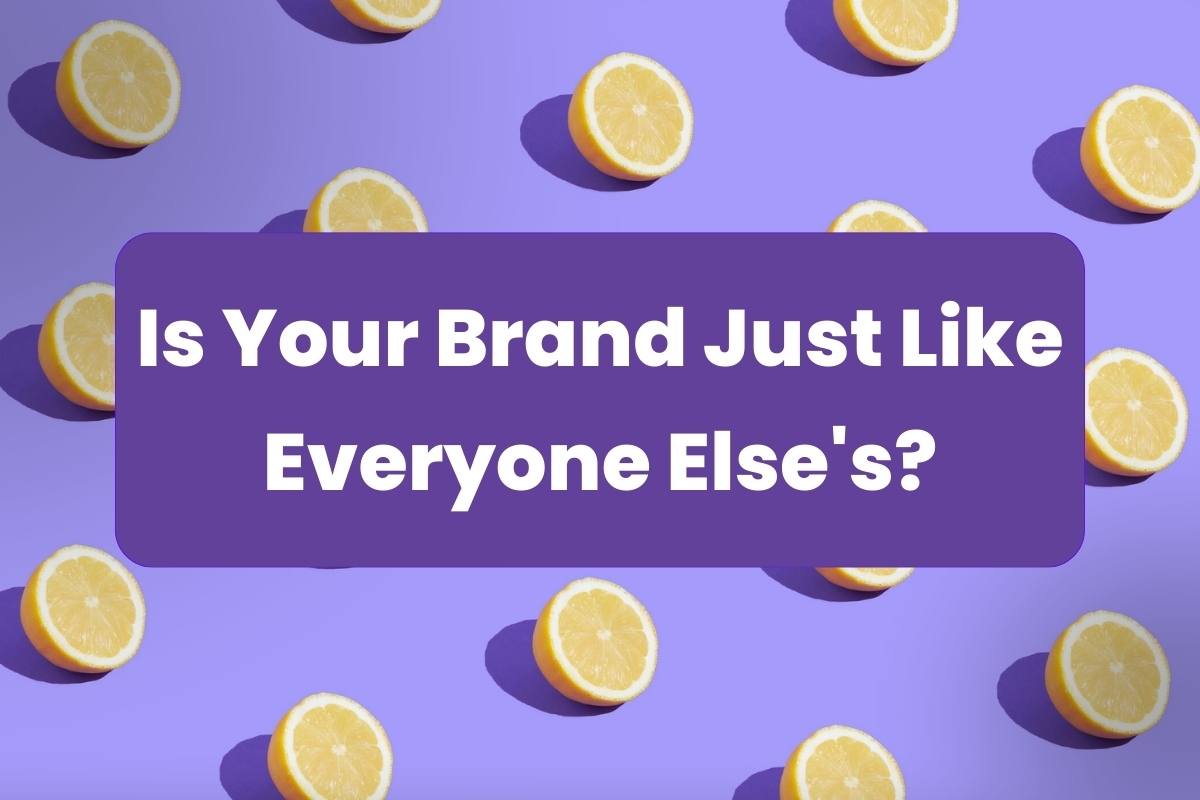

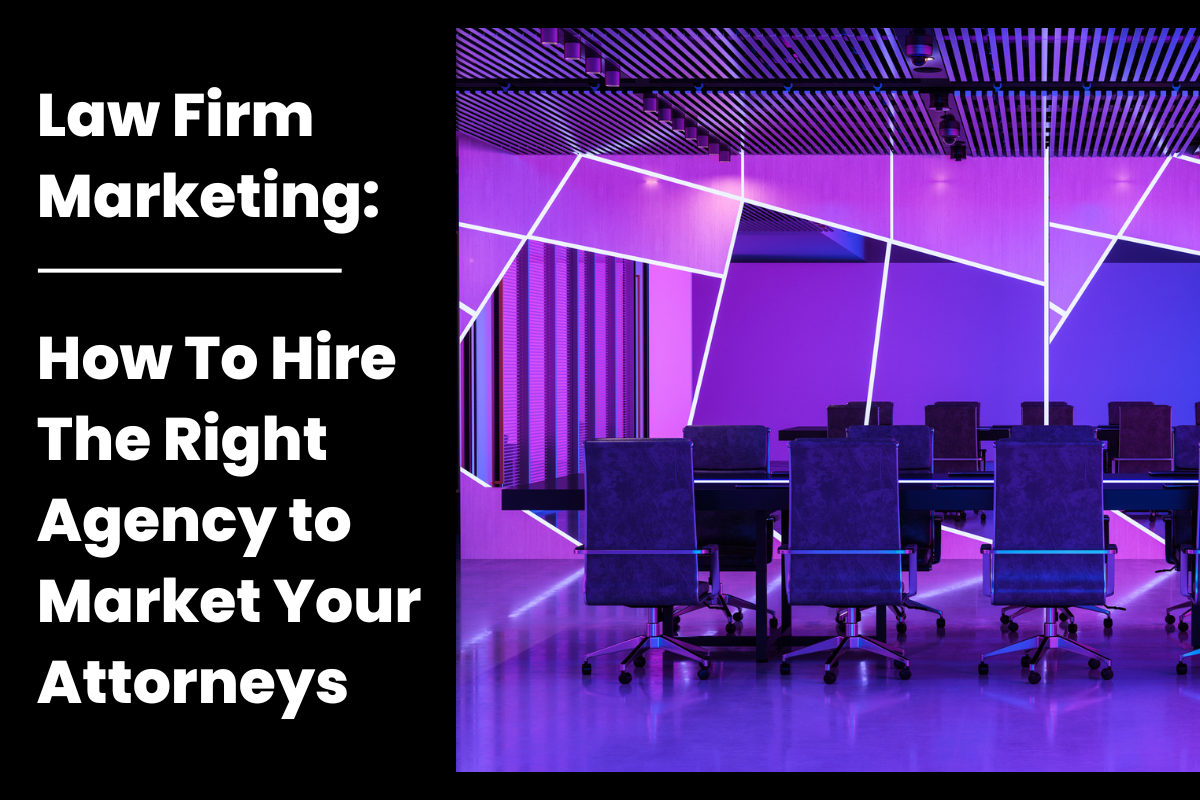
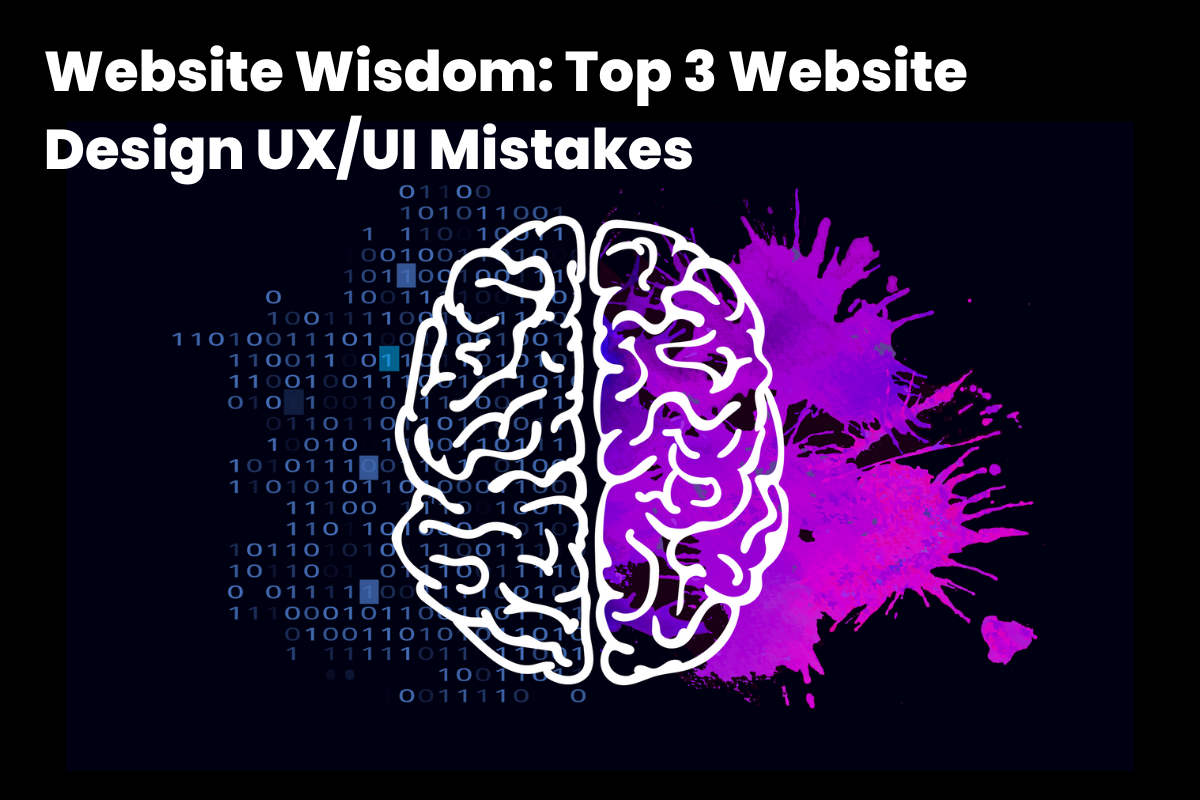


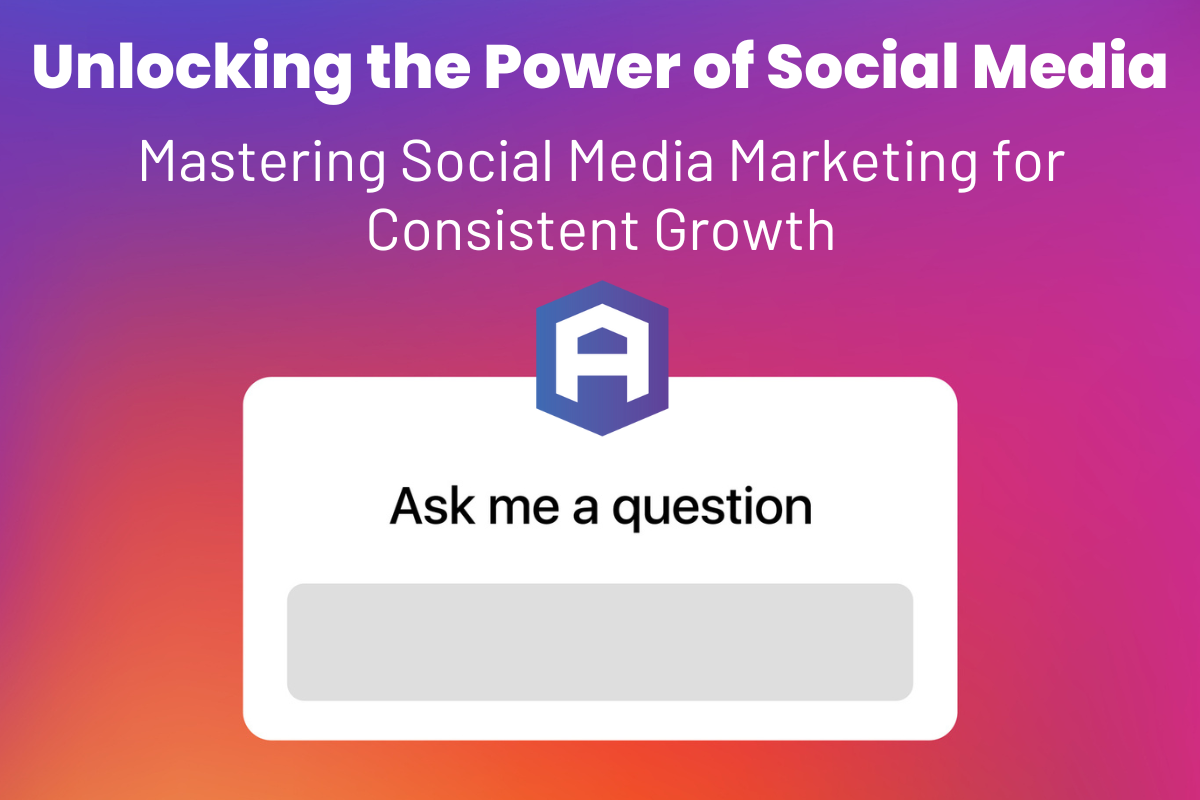


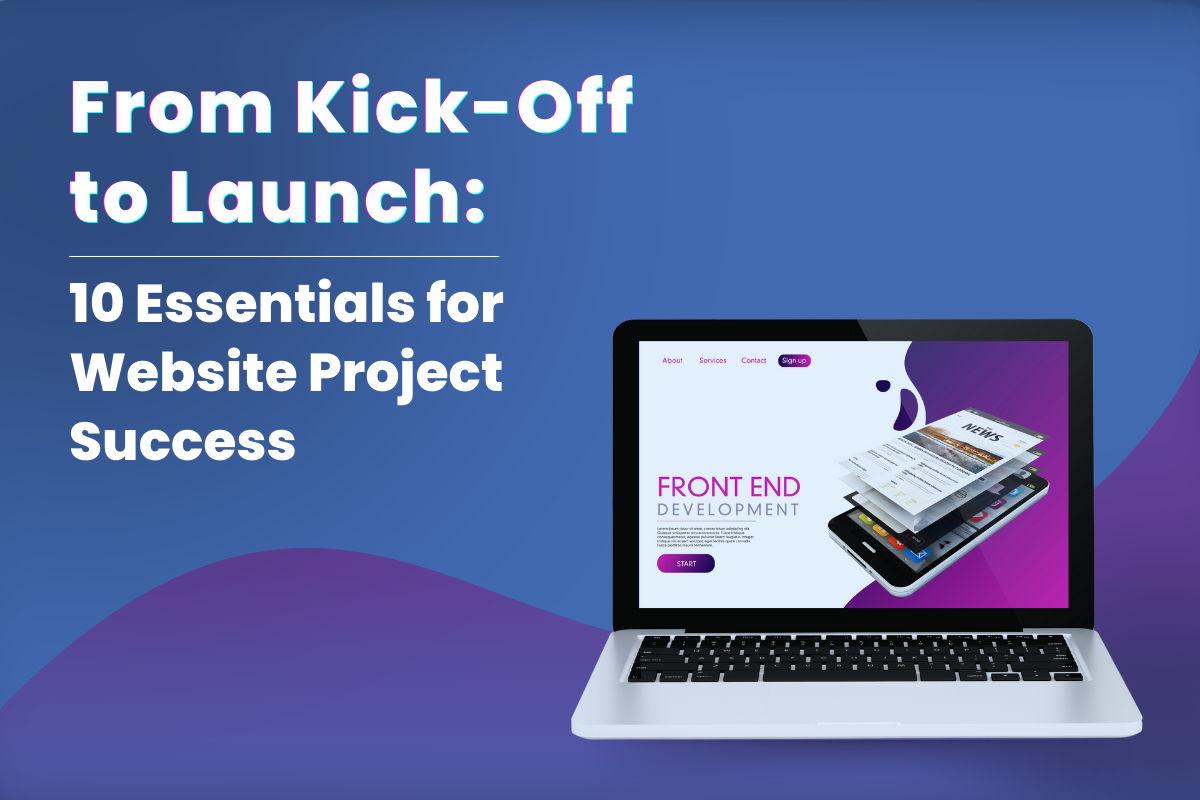
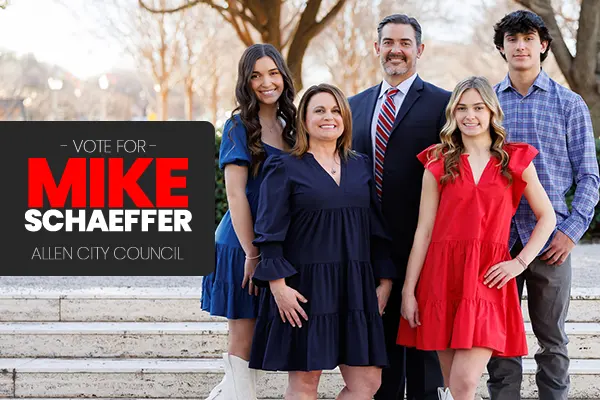
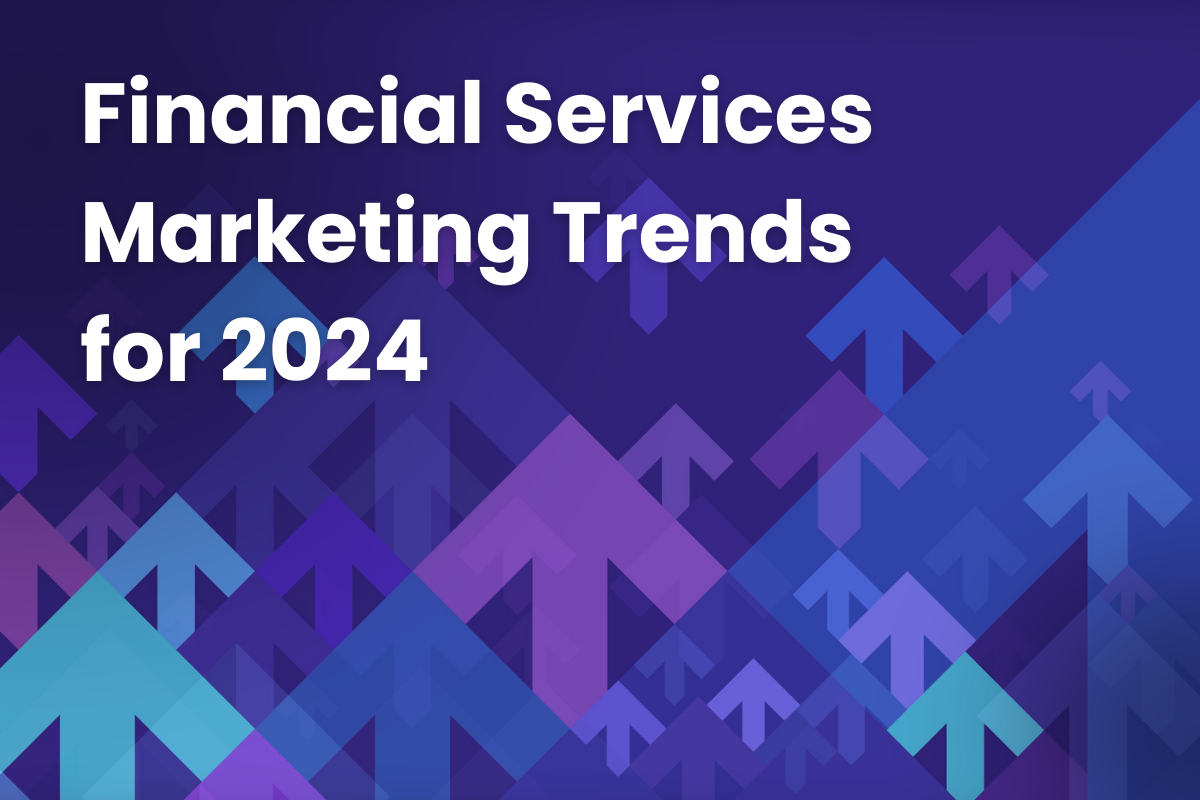

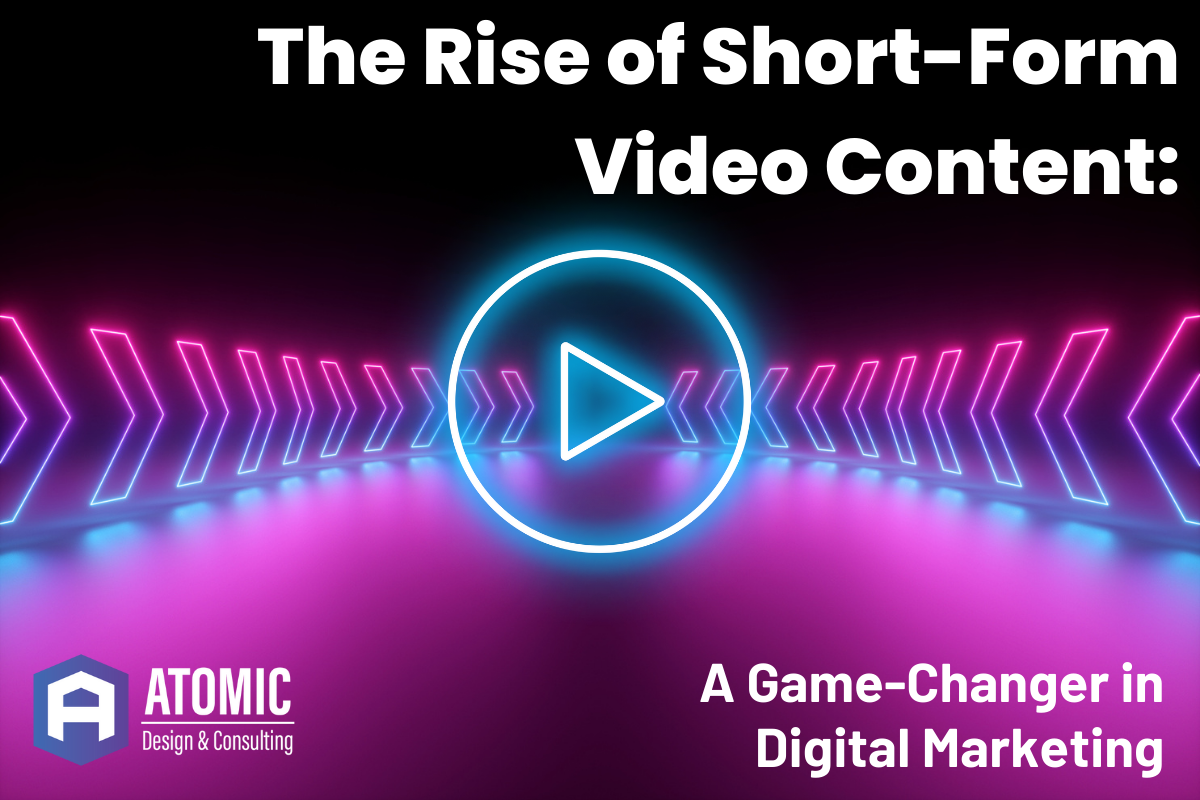
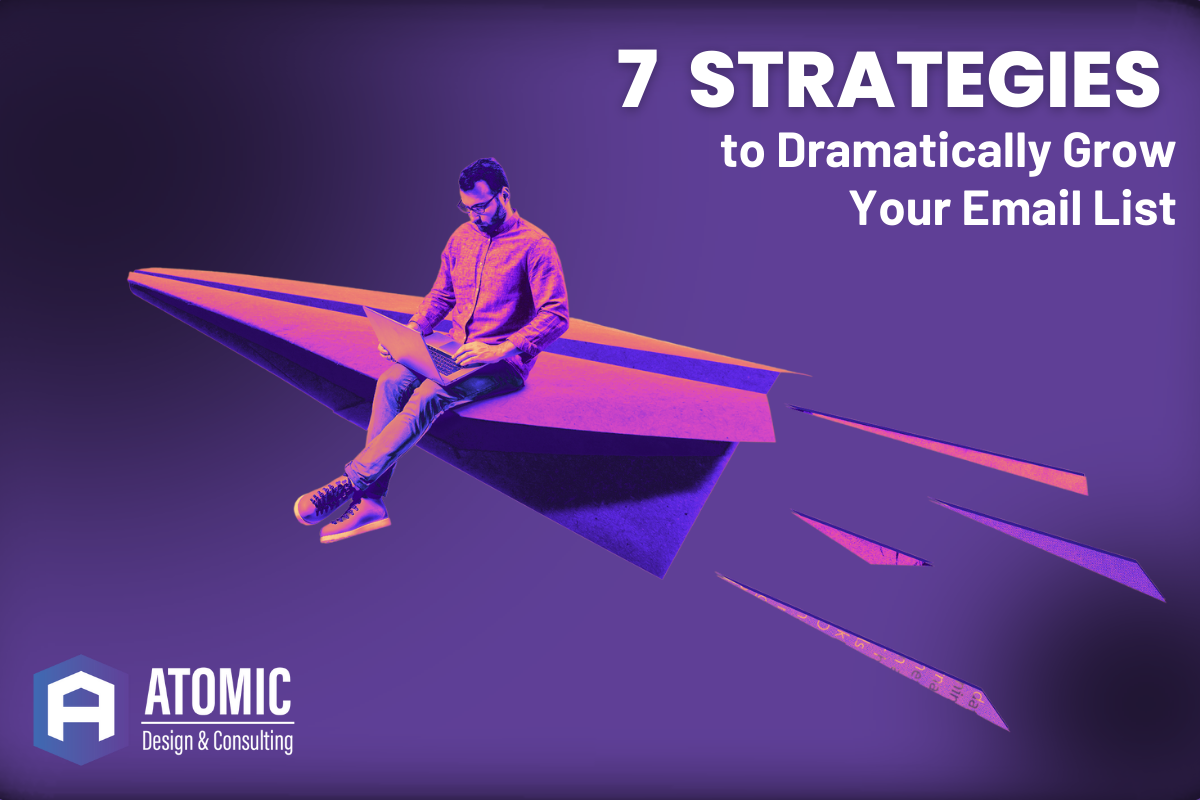
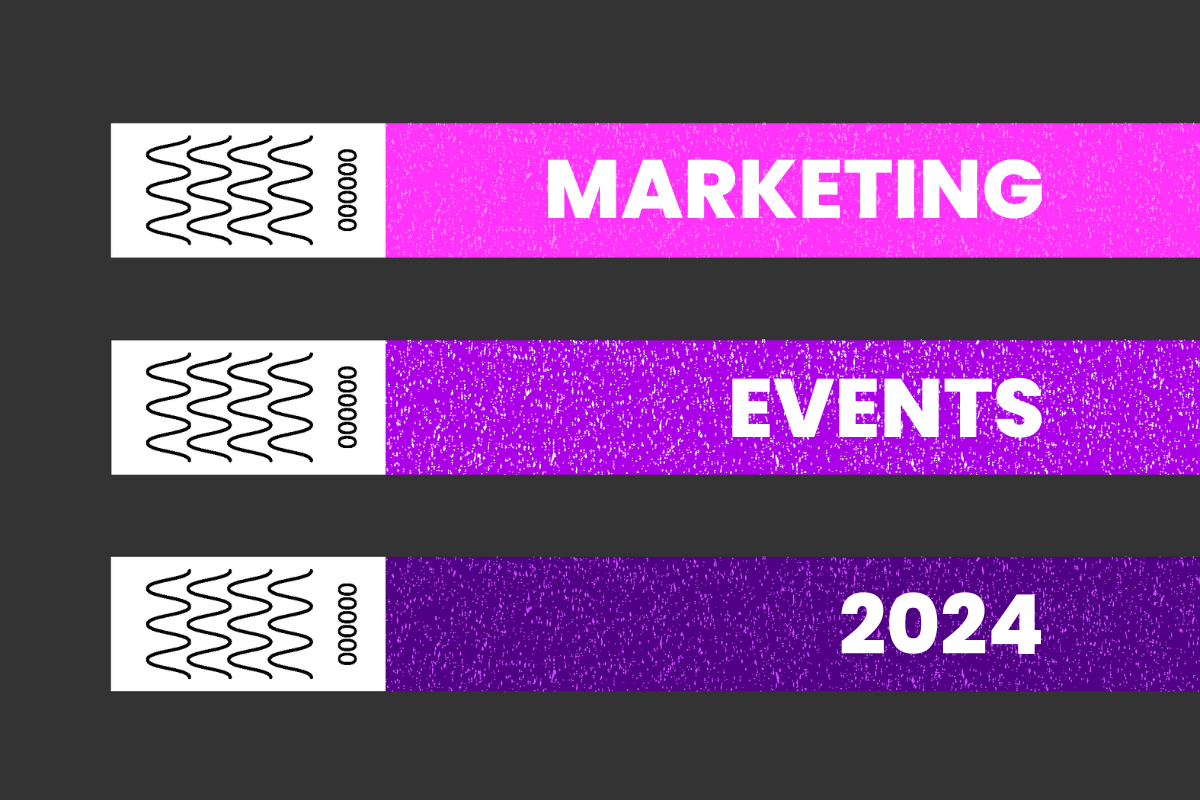

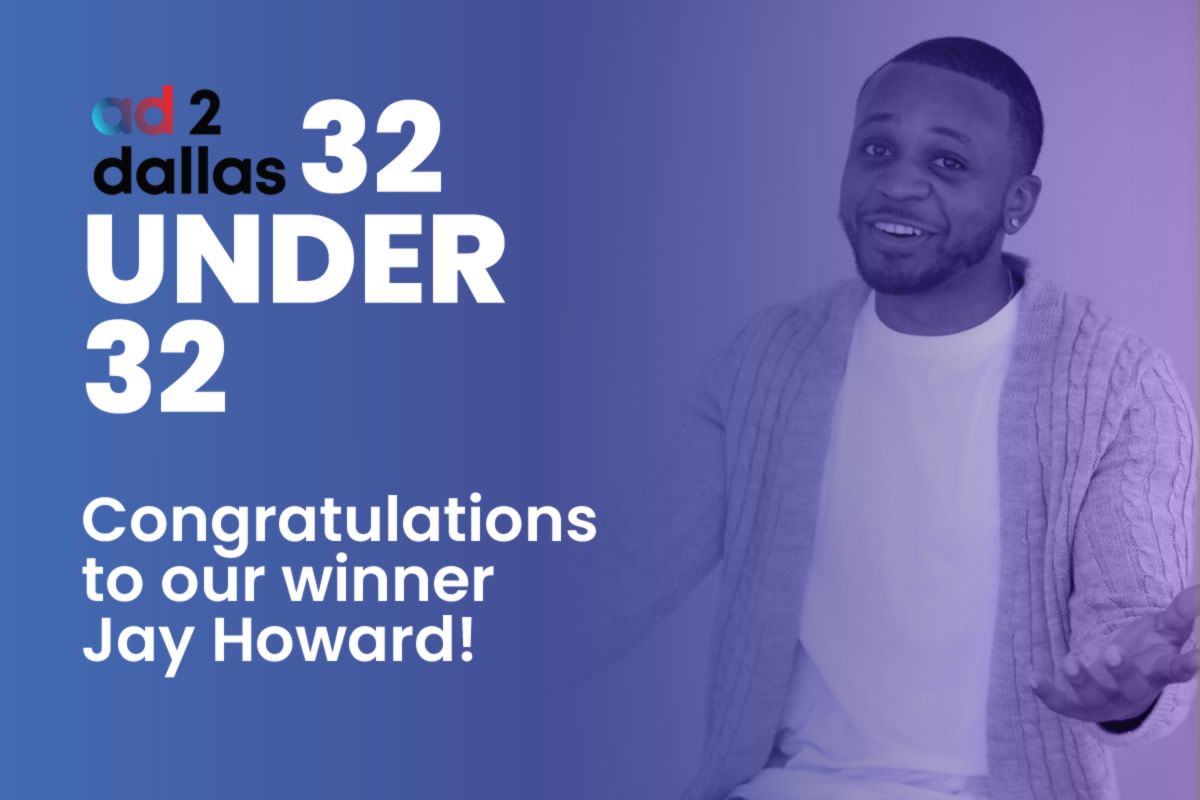
















![HubSpot Partner Day 2019 [Recap] 52 ADC partner day 1200x630 1](https://www.atomicdc.com/wp-content/uploads/2019/09/ADC-partner-day-1200x630-1.jpg)



![30 Awesome HubSpot Tools That Won’t Cost You a Dime [Free Inbound Marketing Tools] 56 30 hubspot tools that won't cost you a dime](https://www.atomicdc.com/wp-content/uploads/2019/06/ADC-30-hubspot-tools.jpg)
